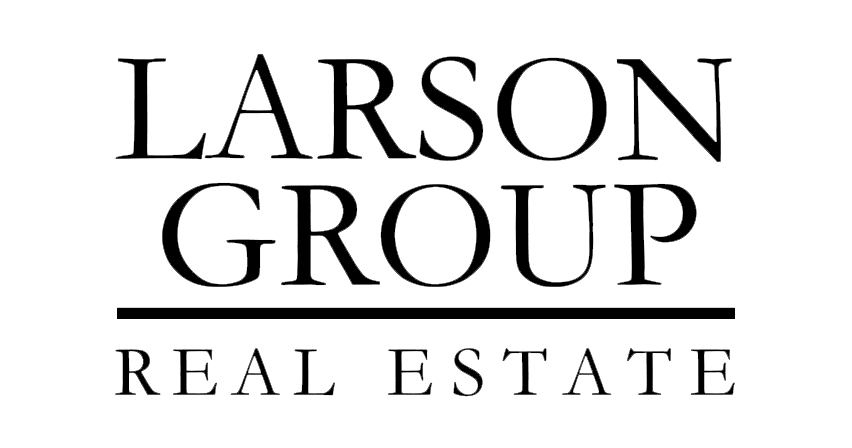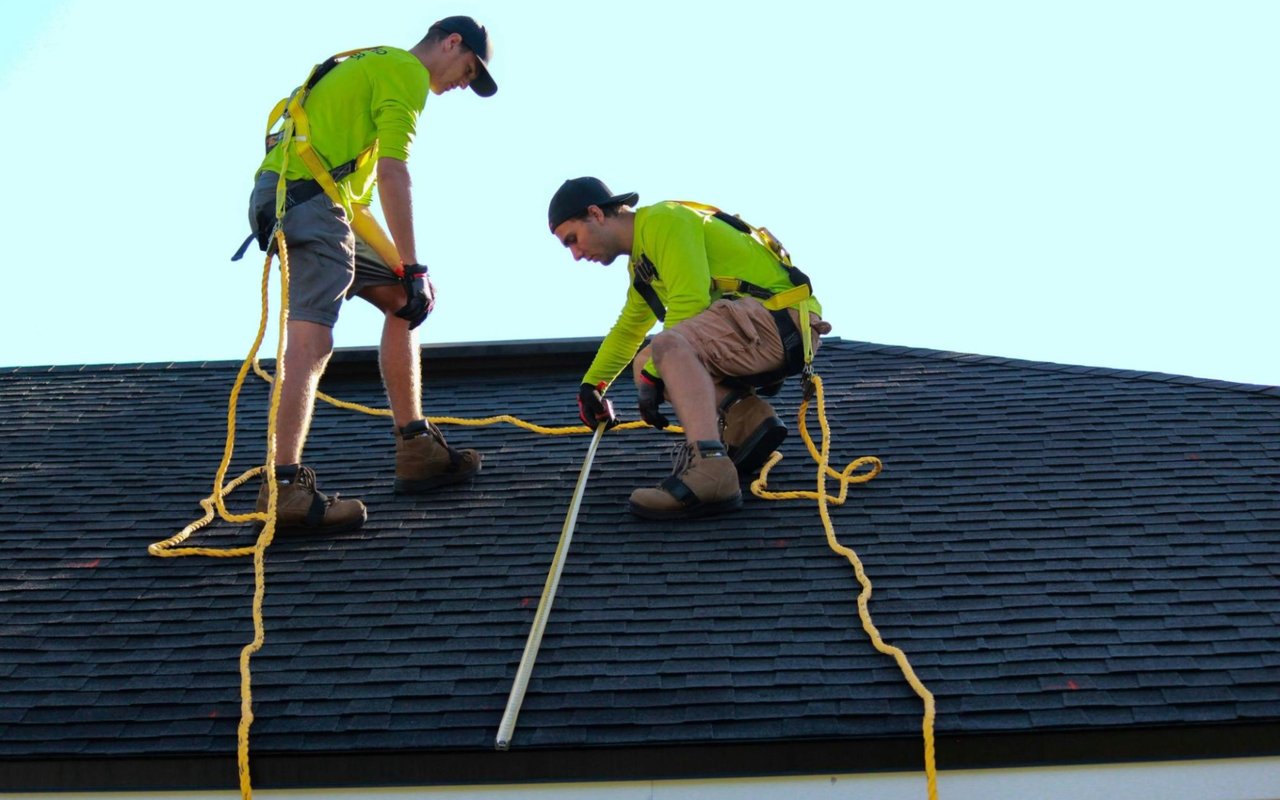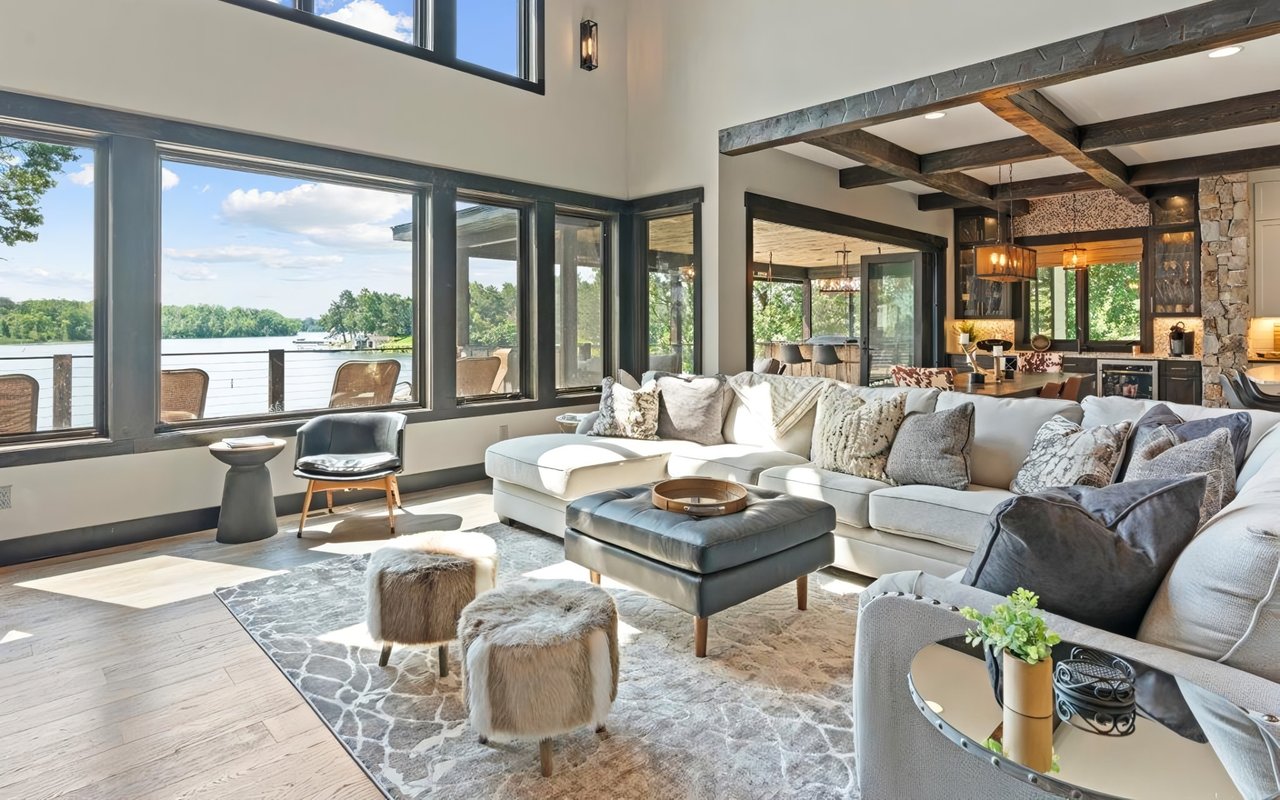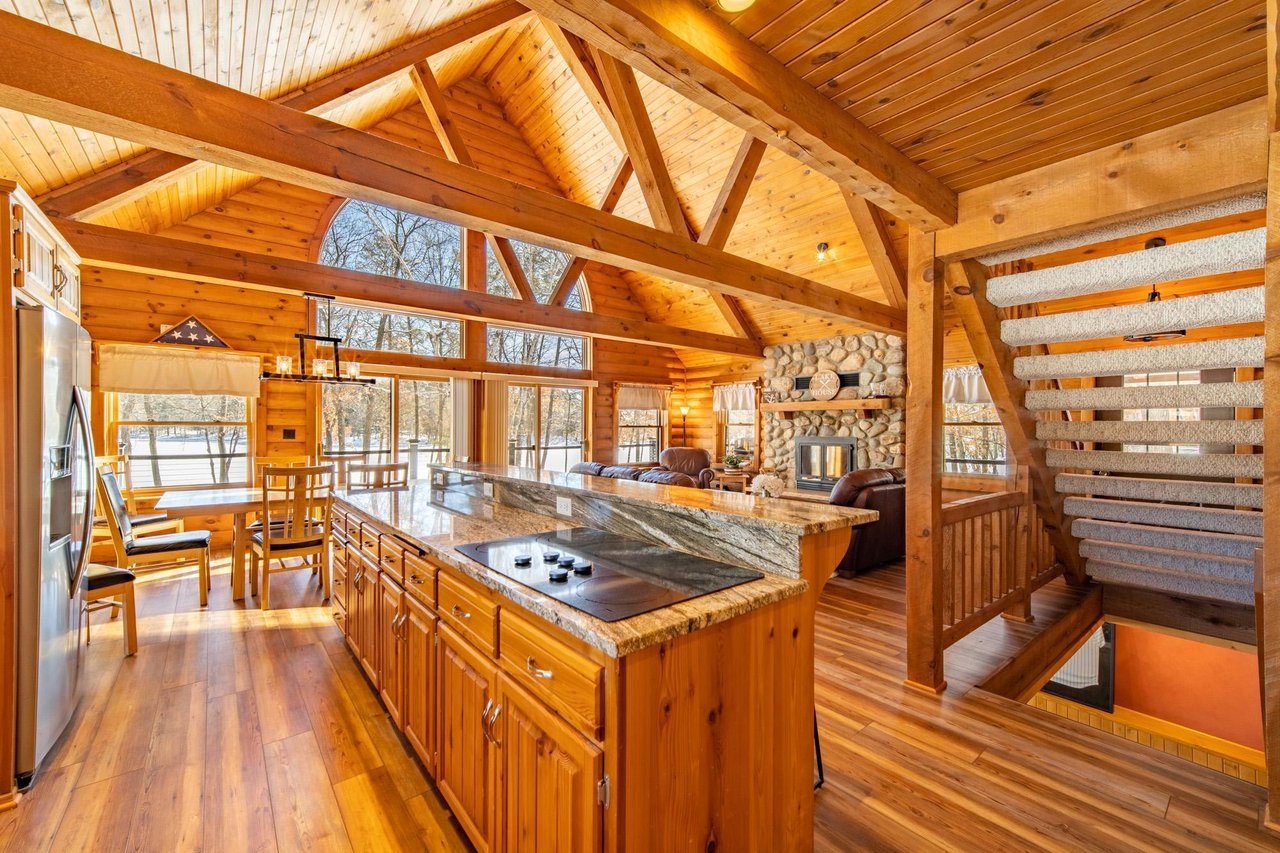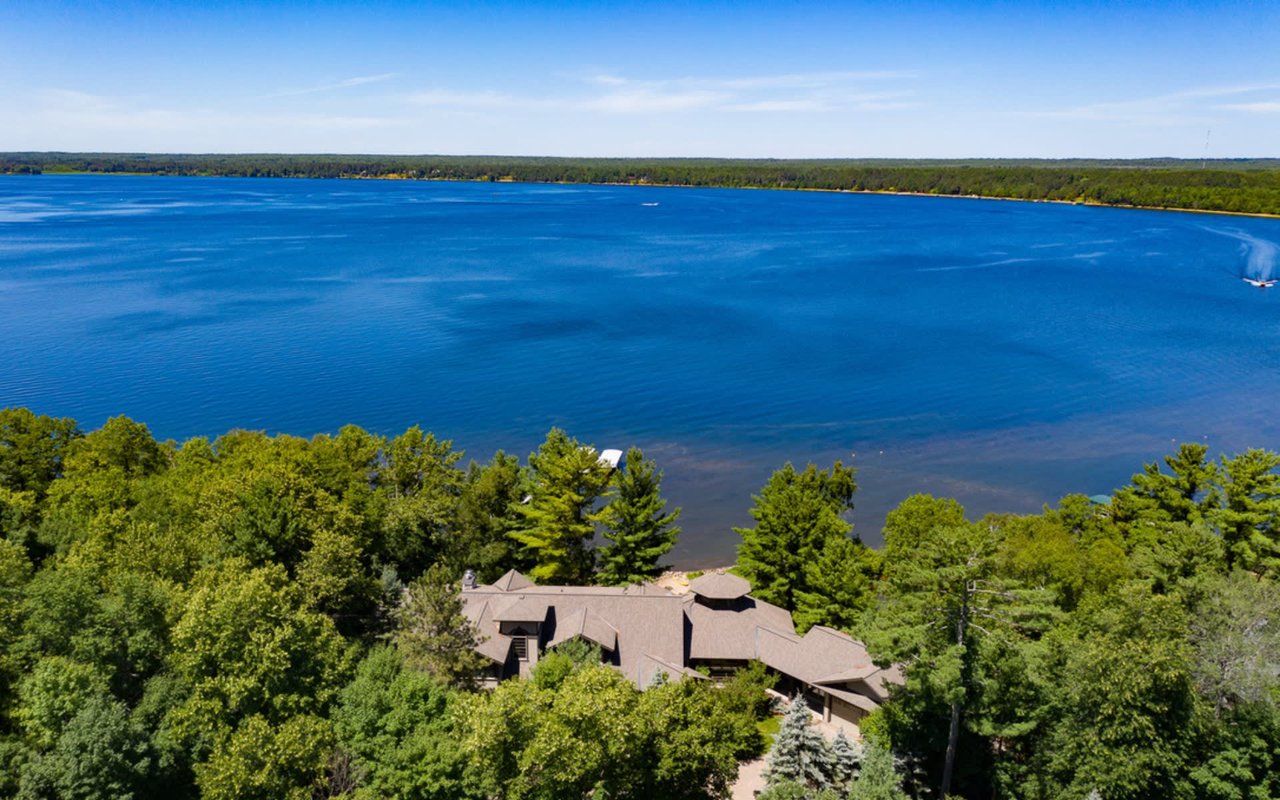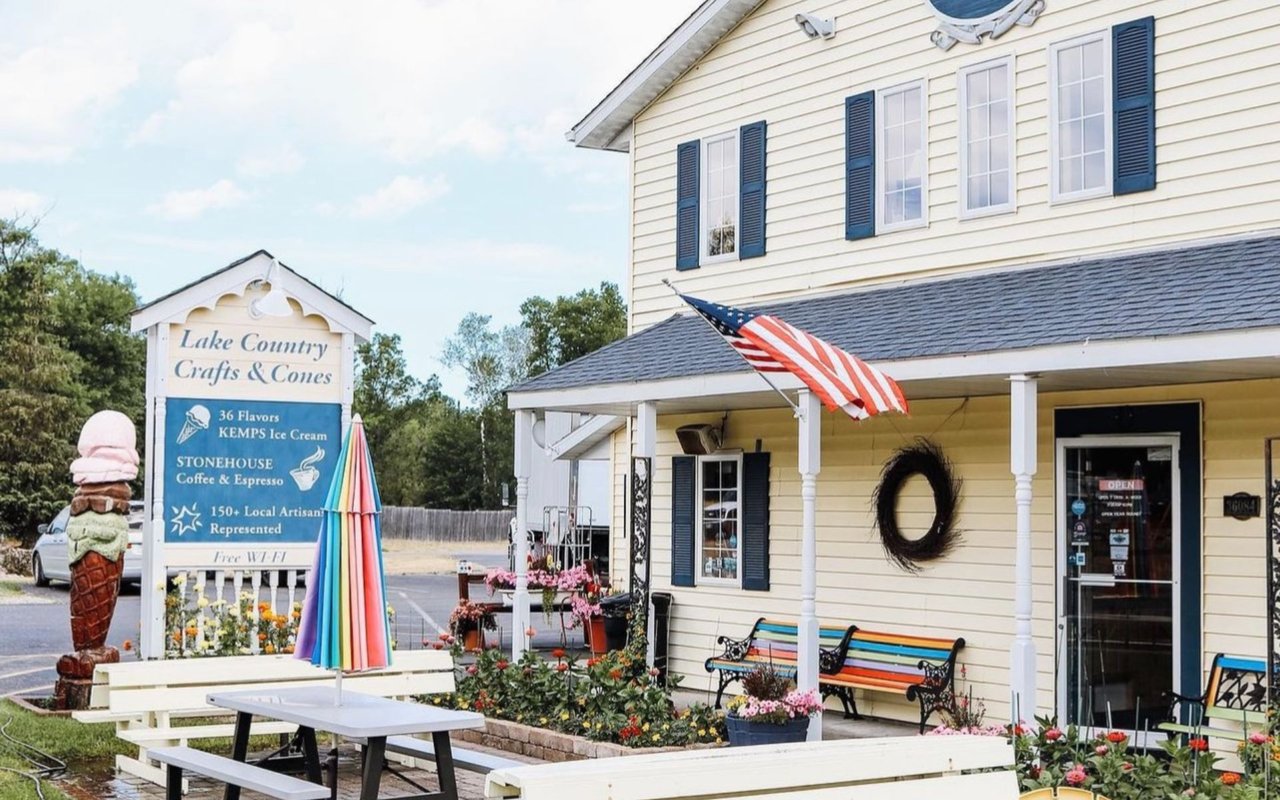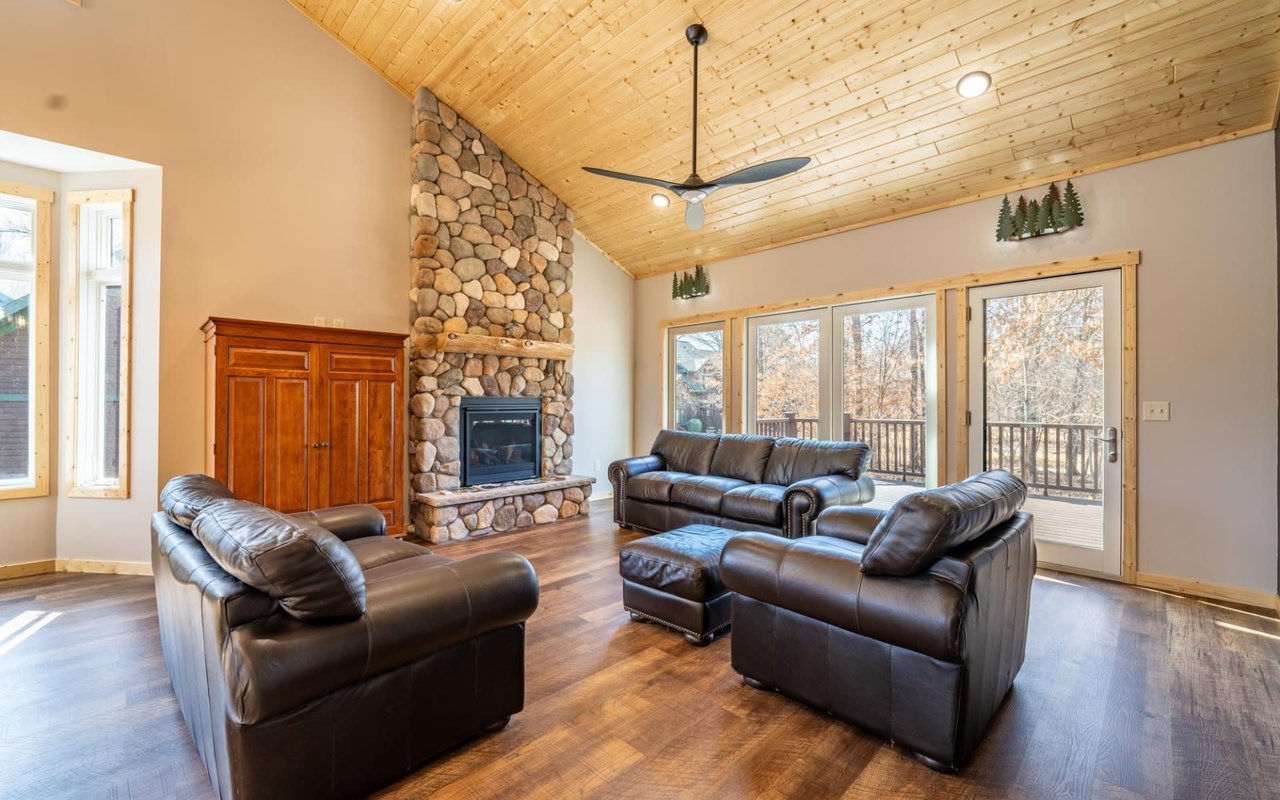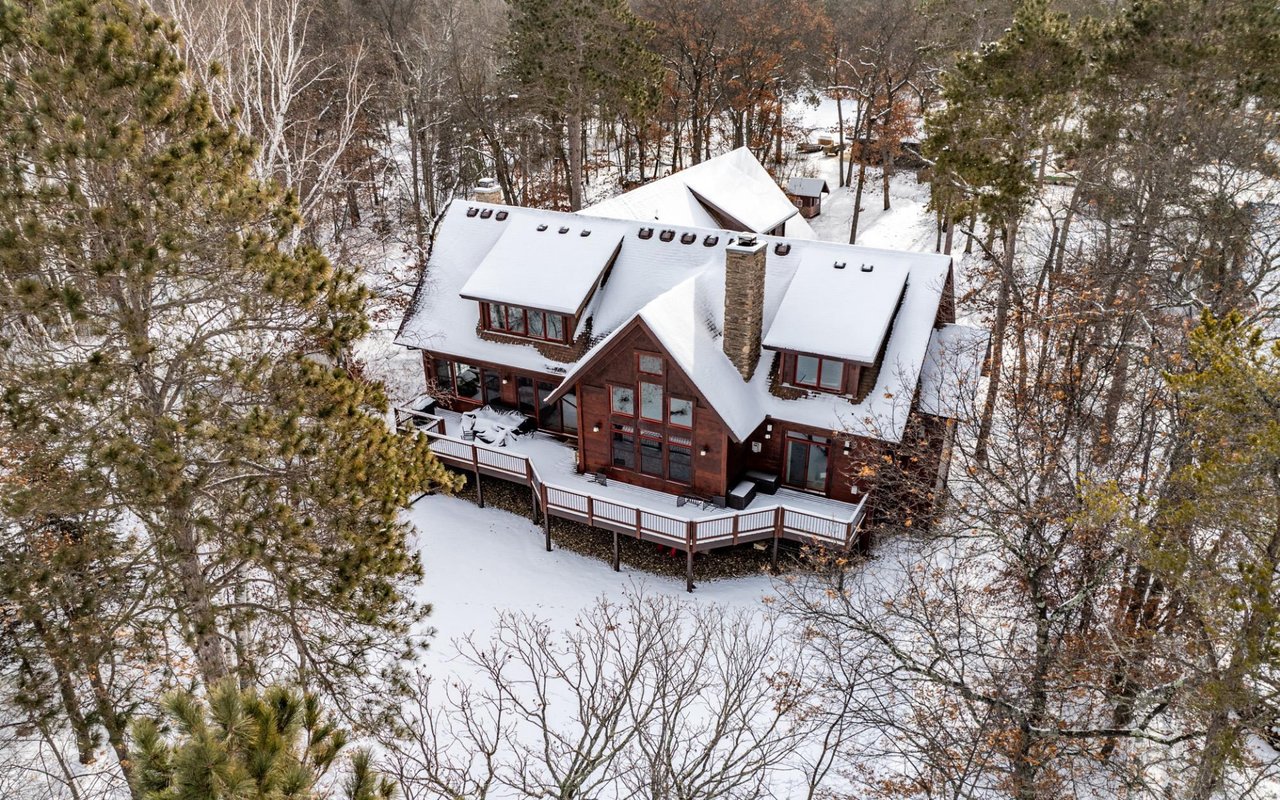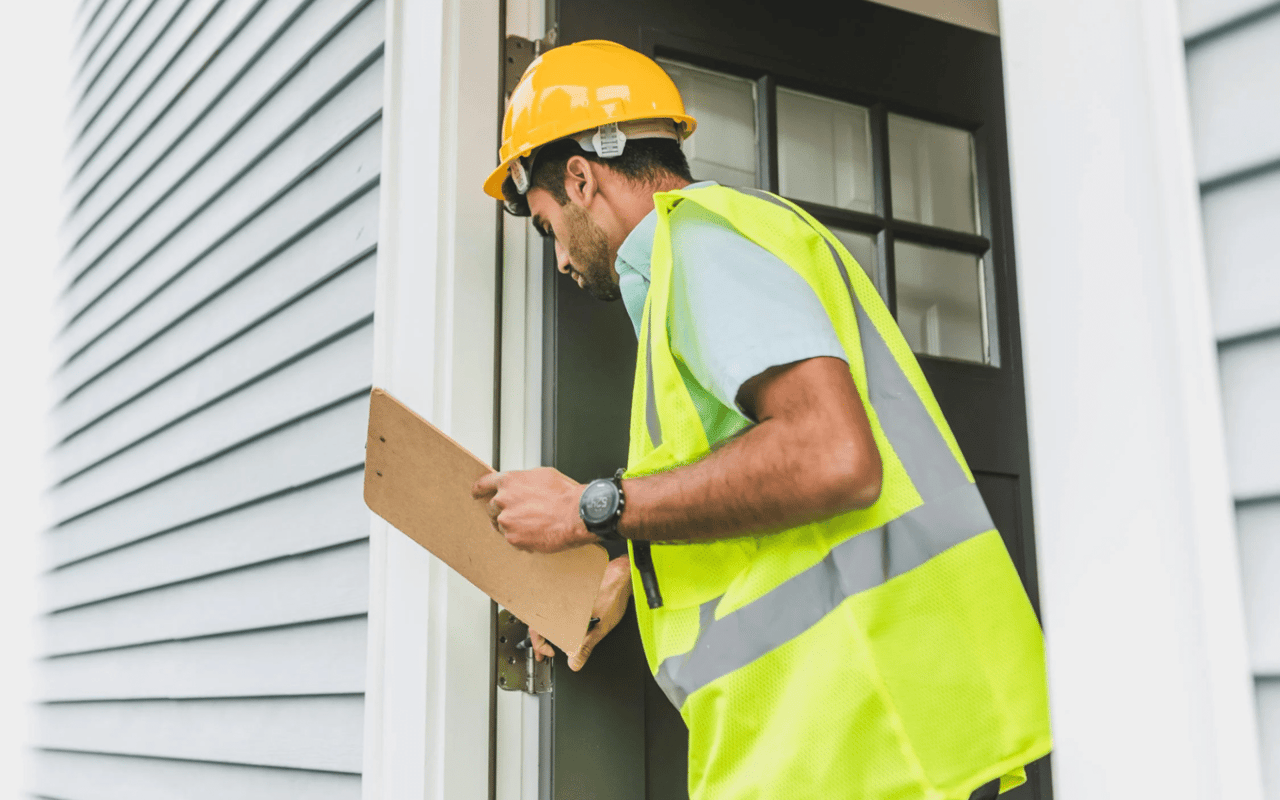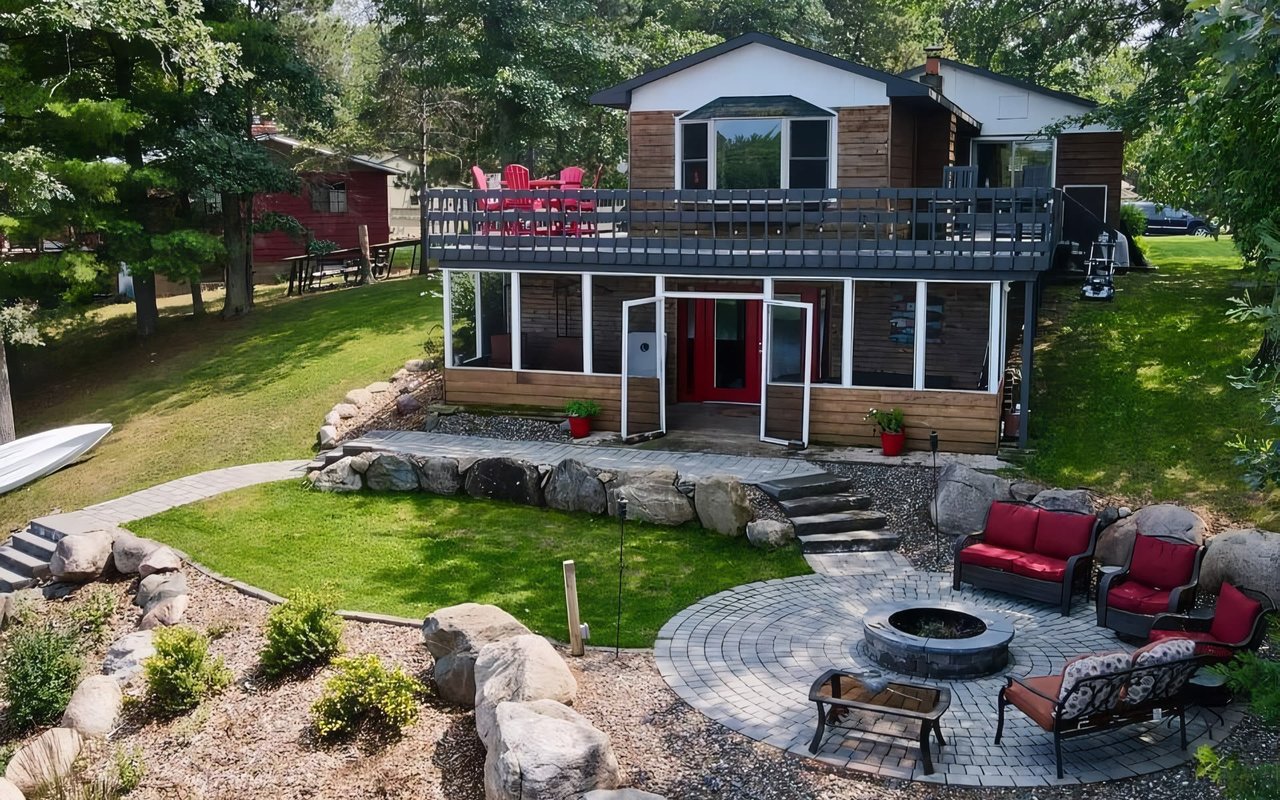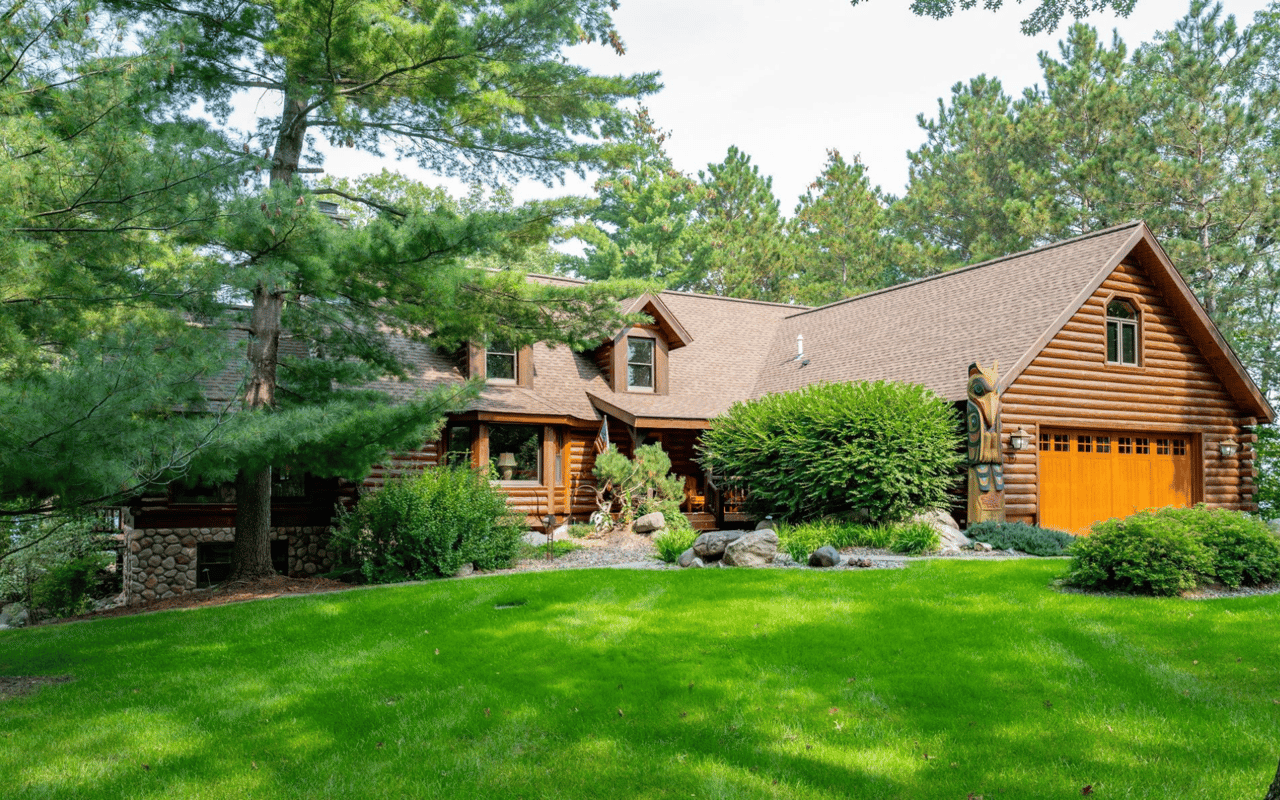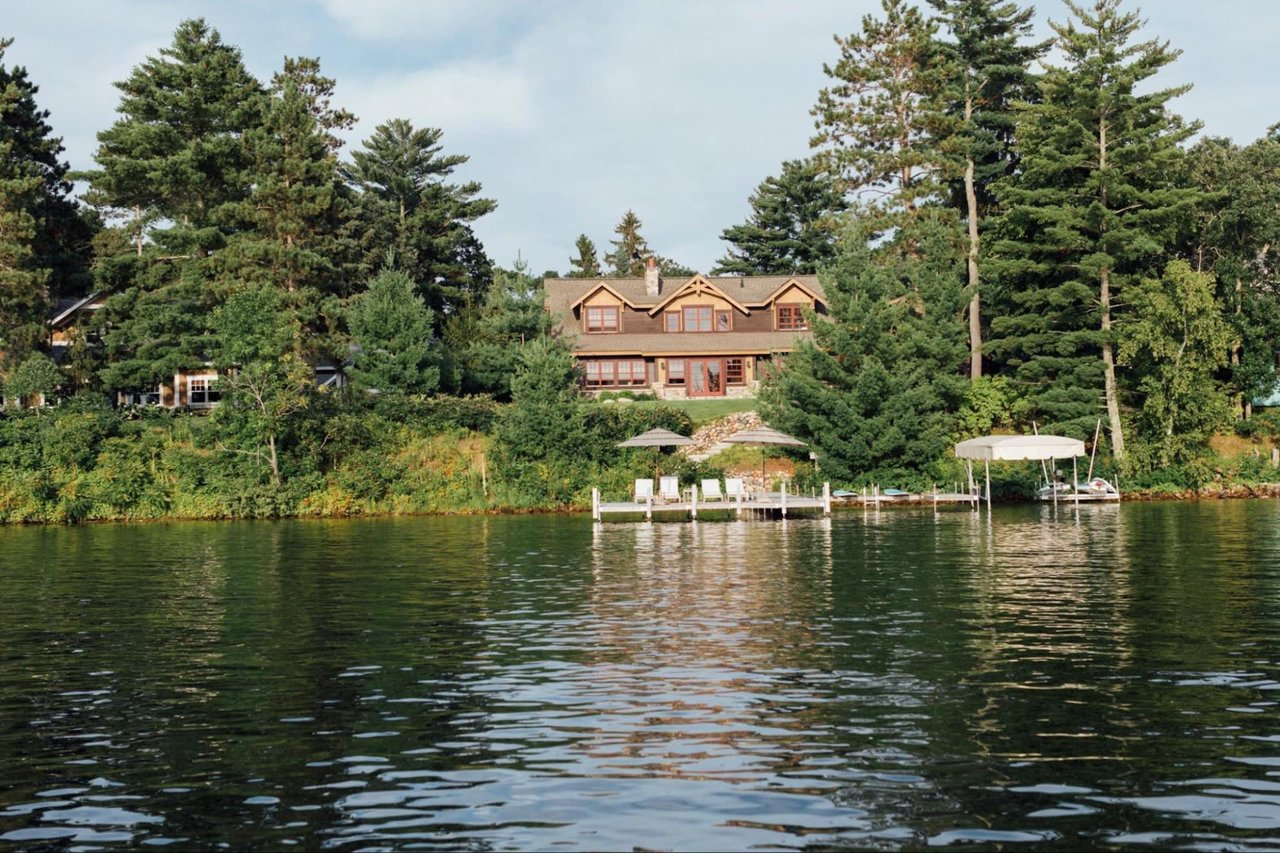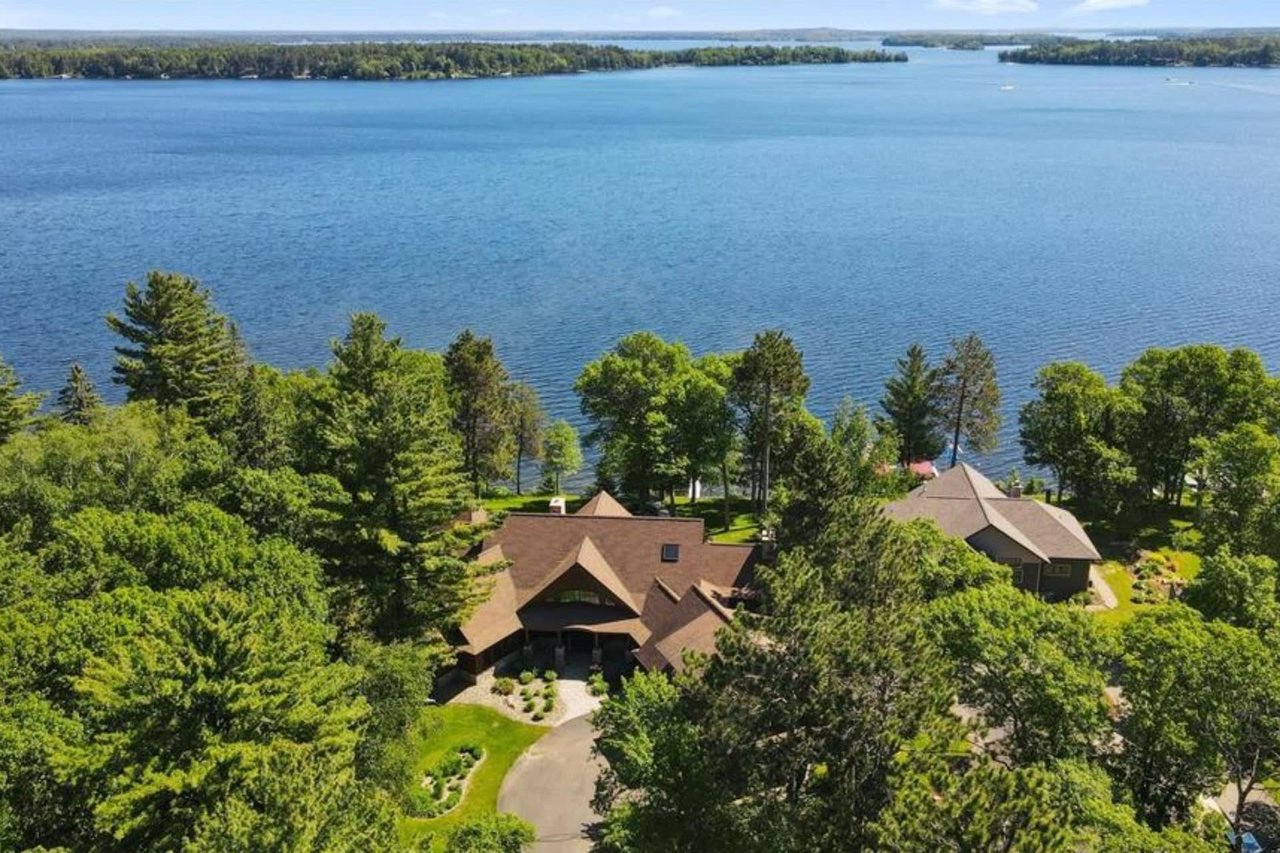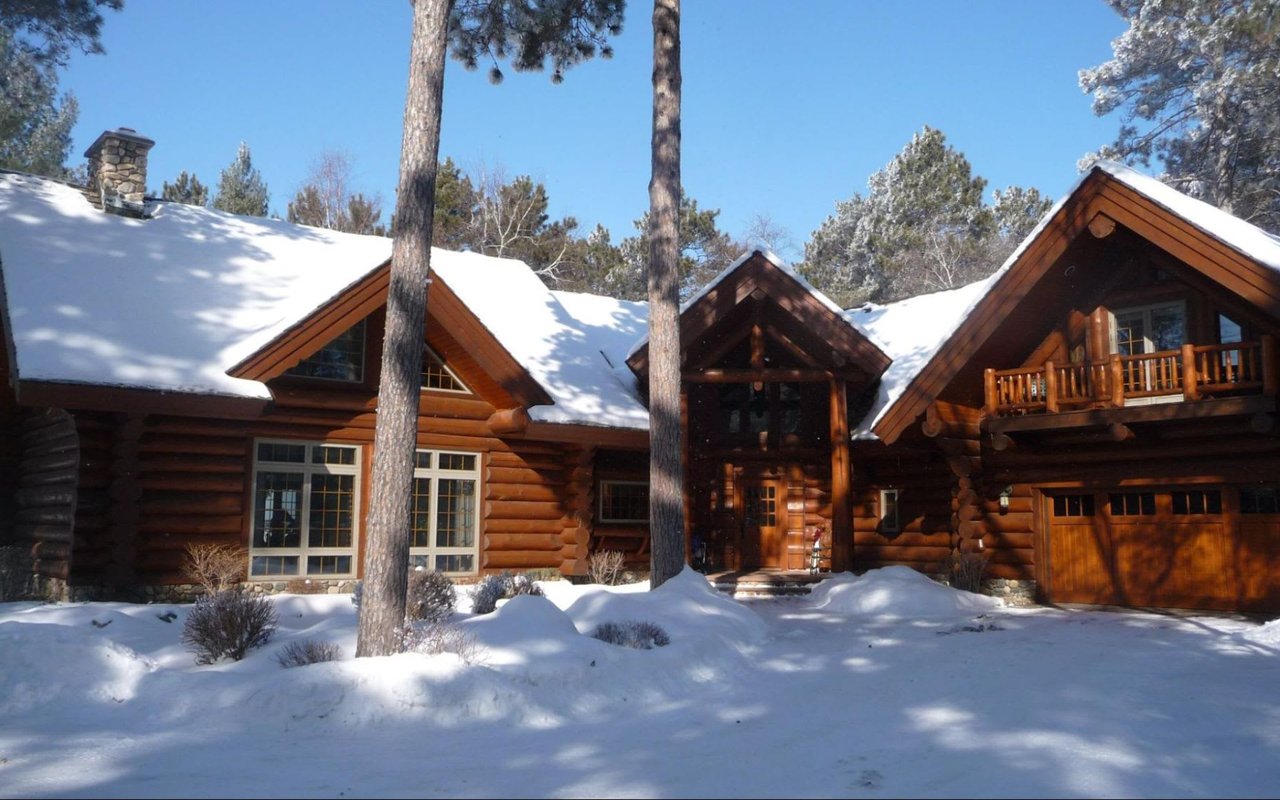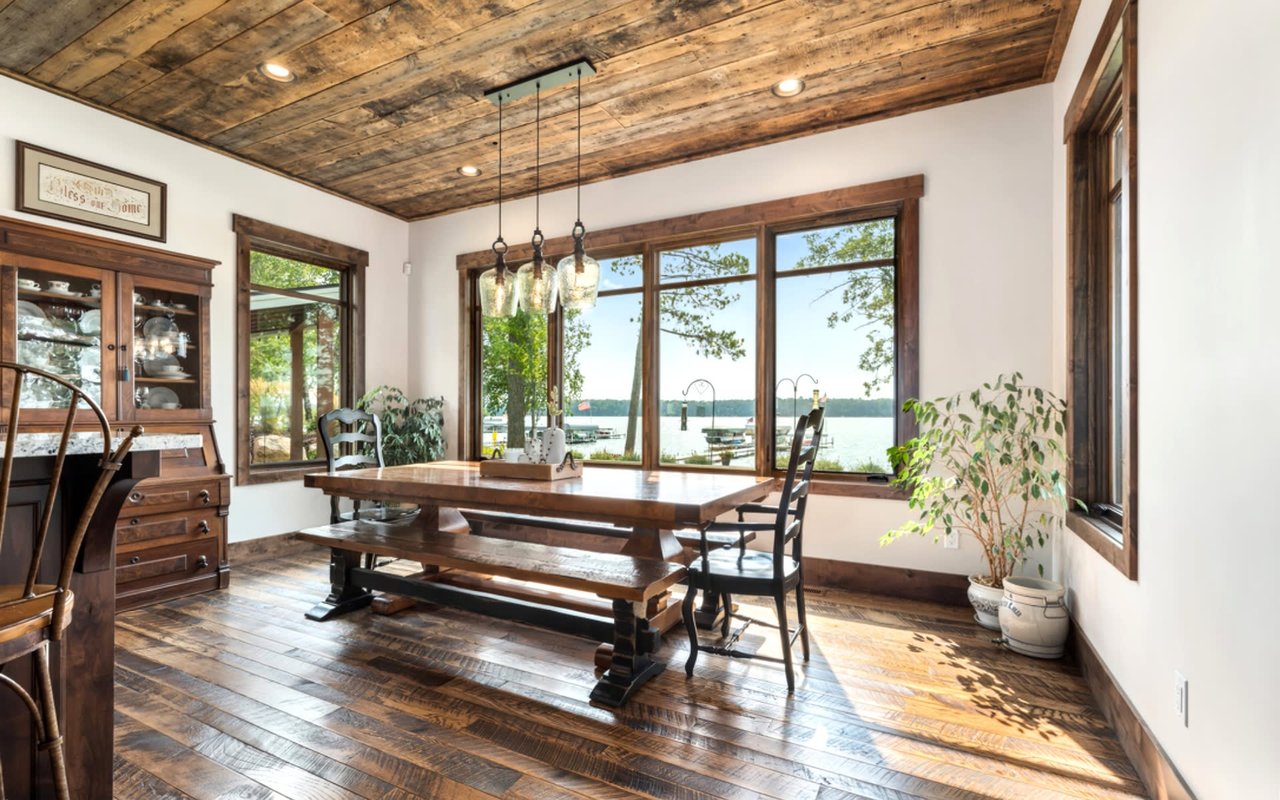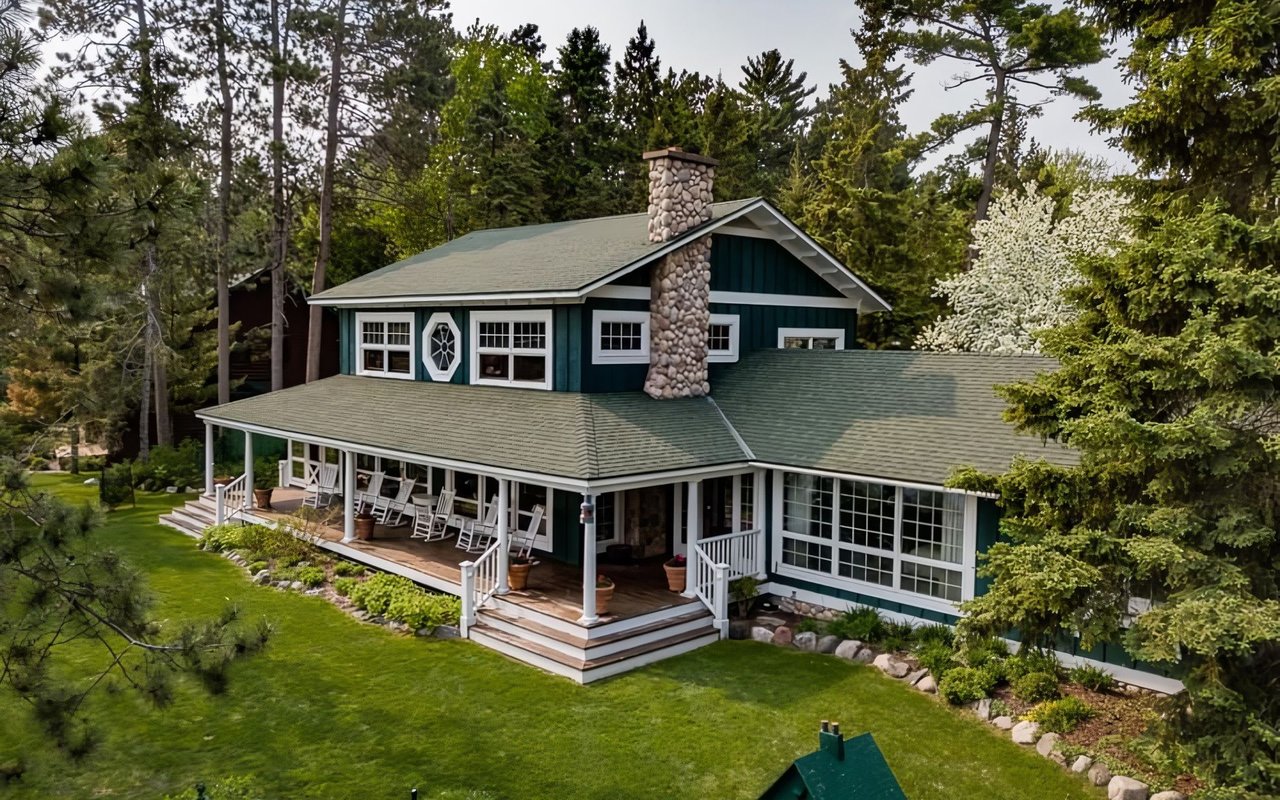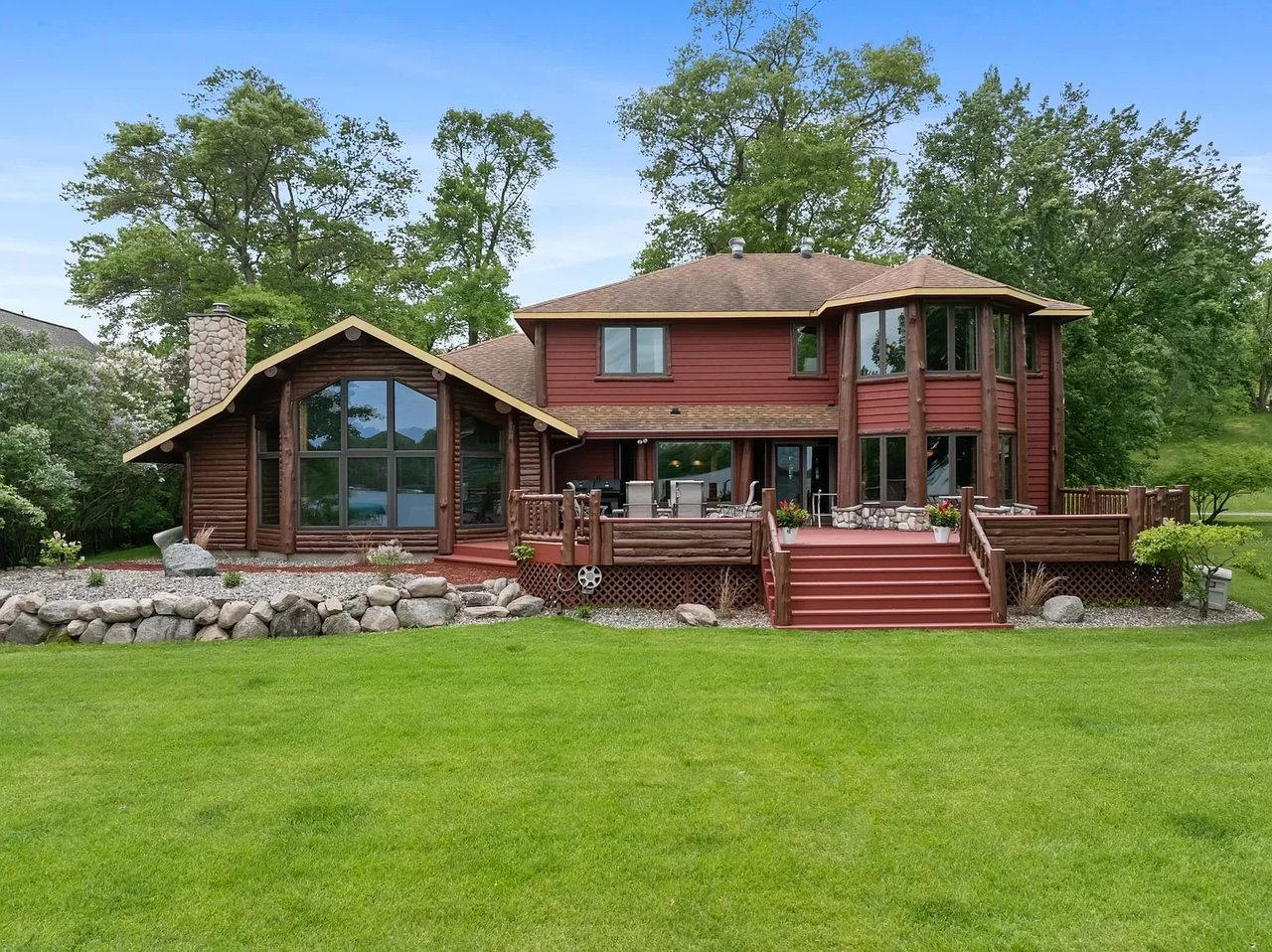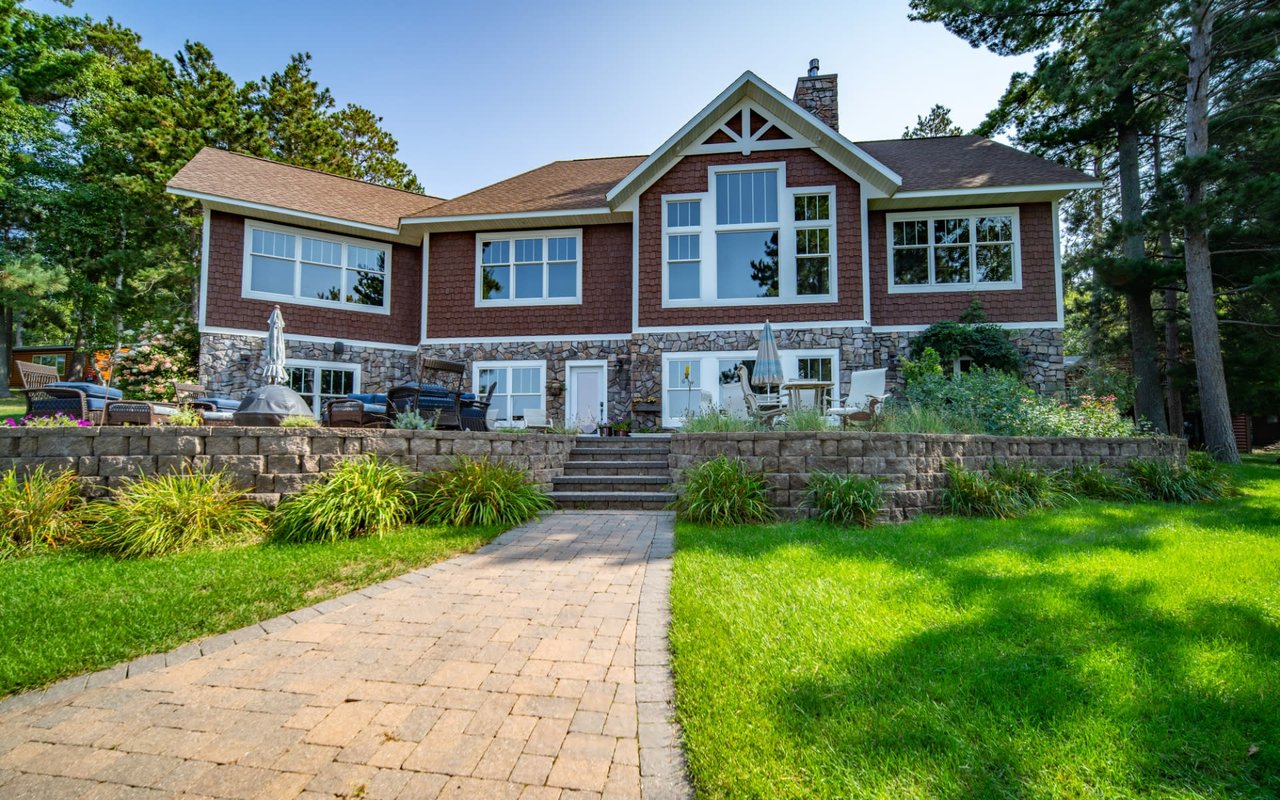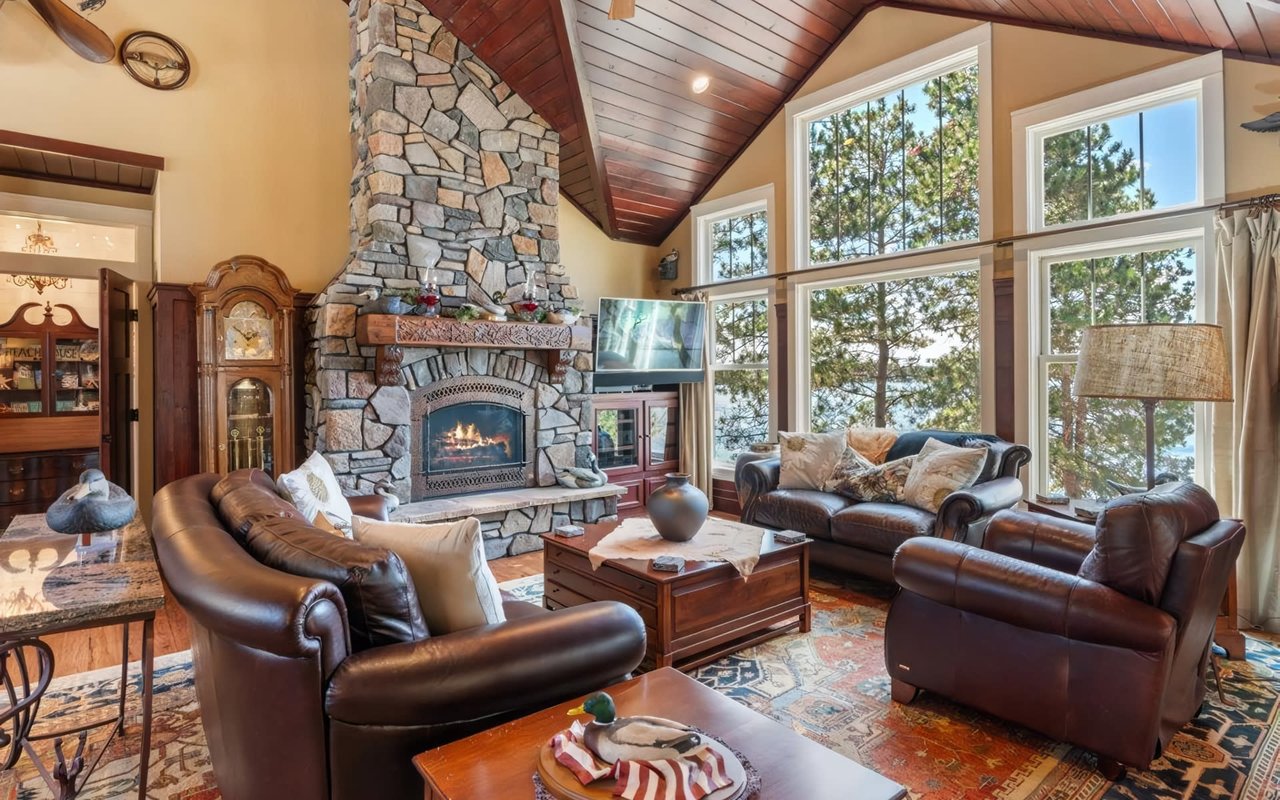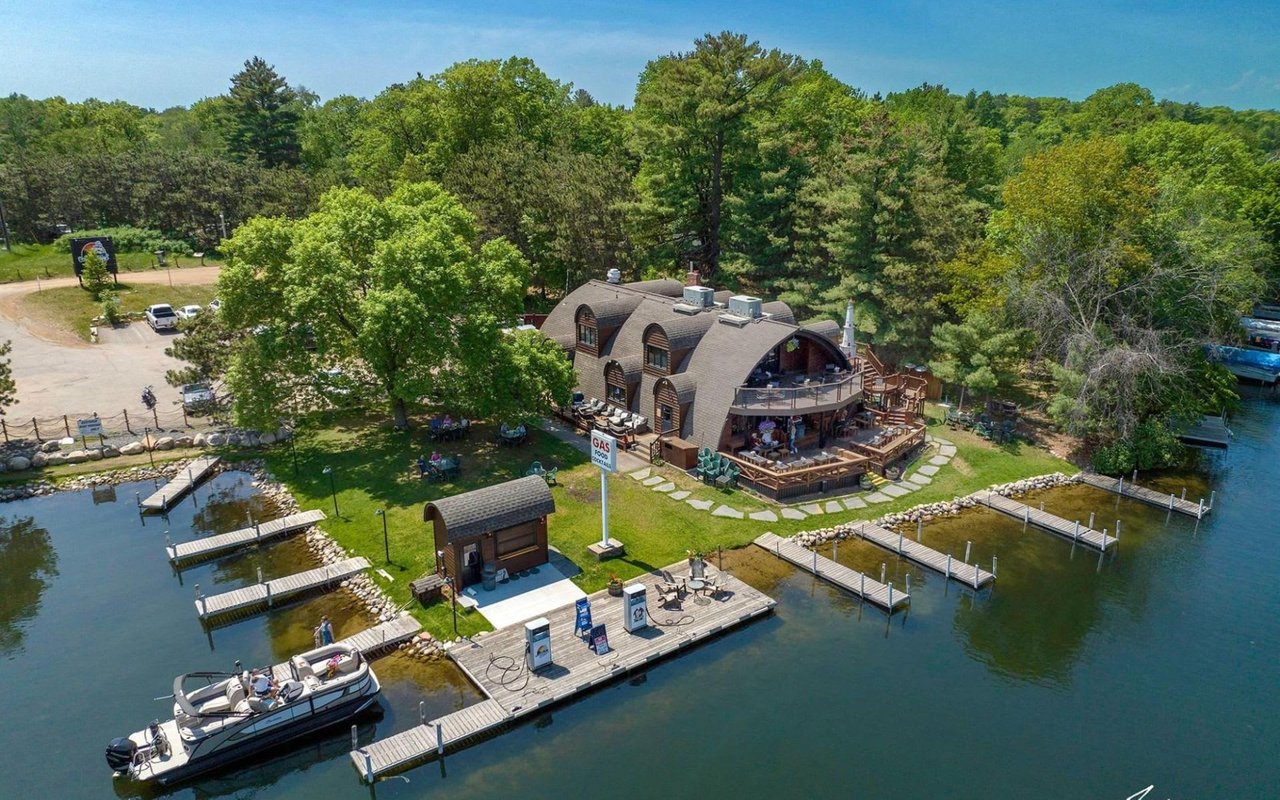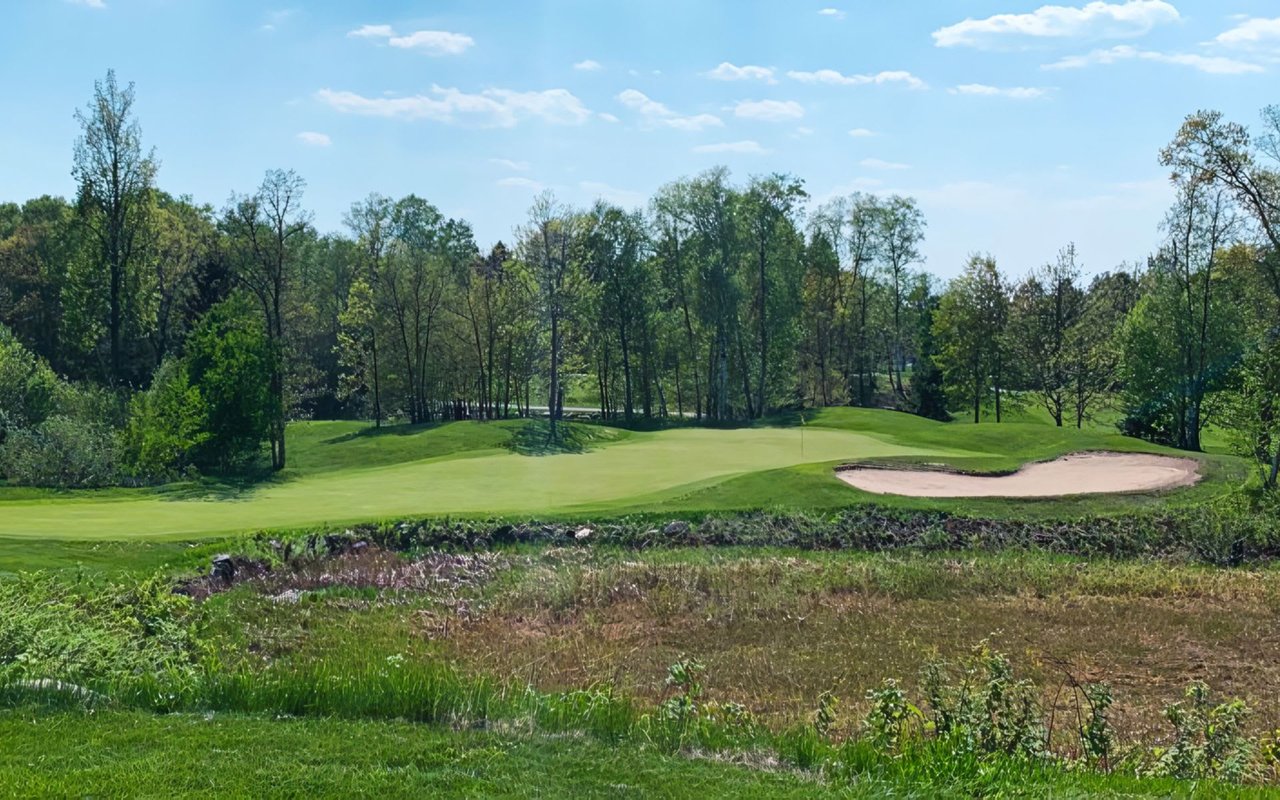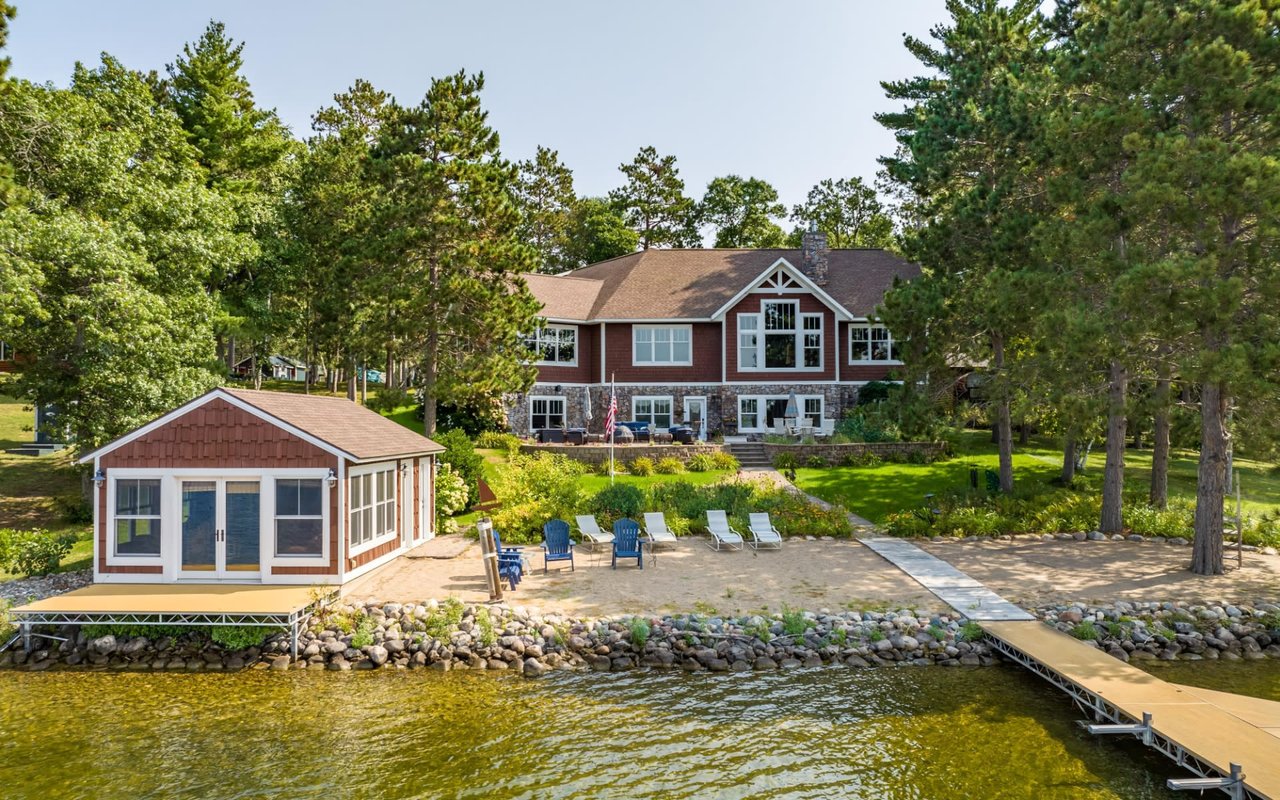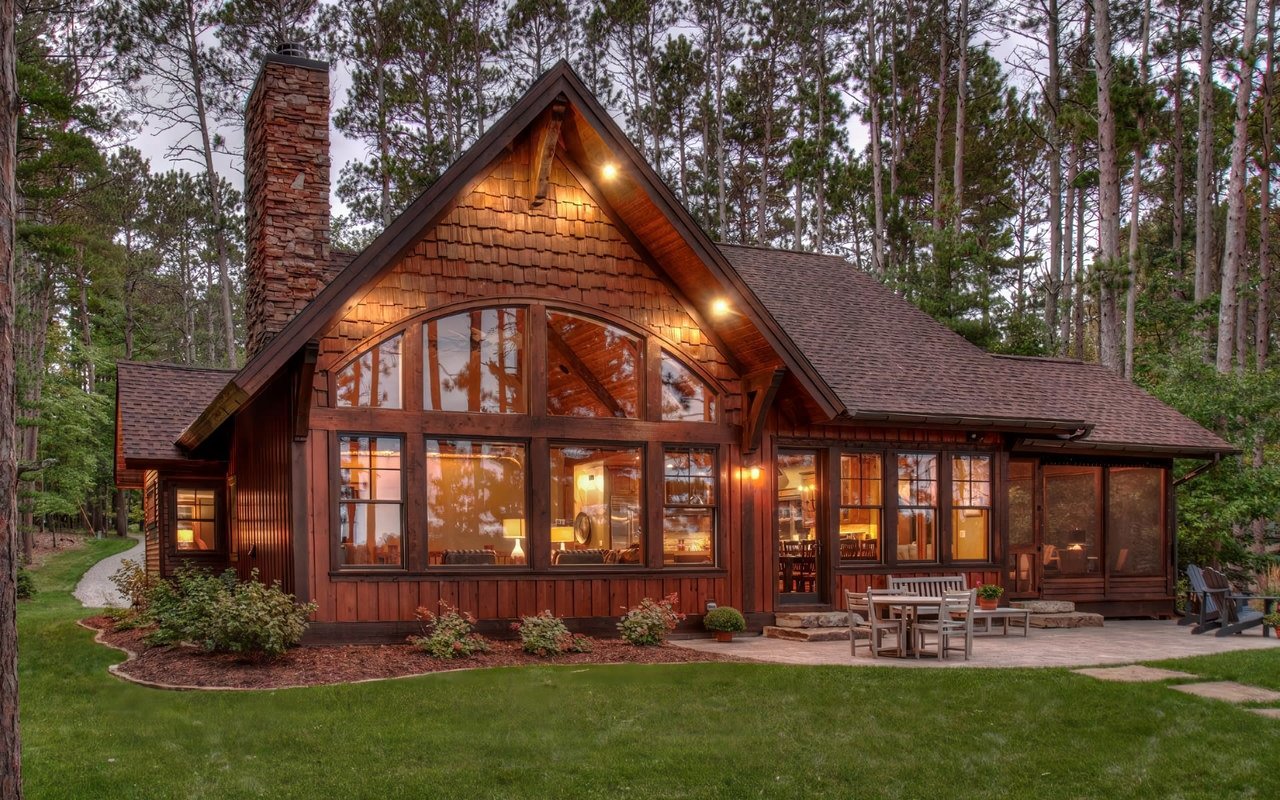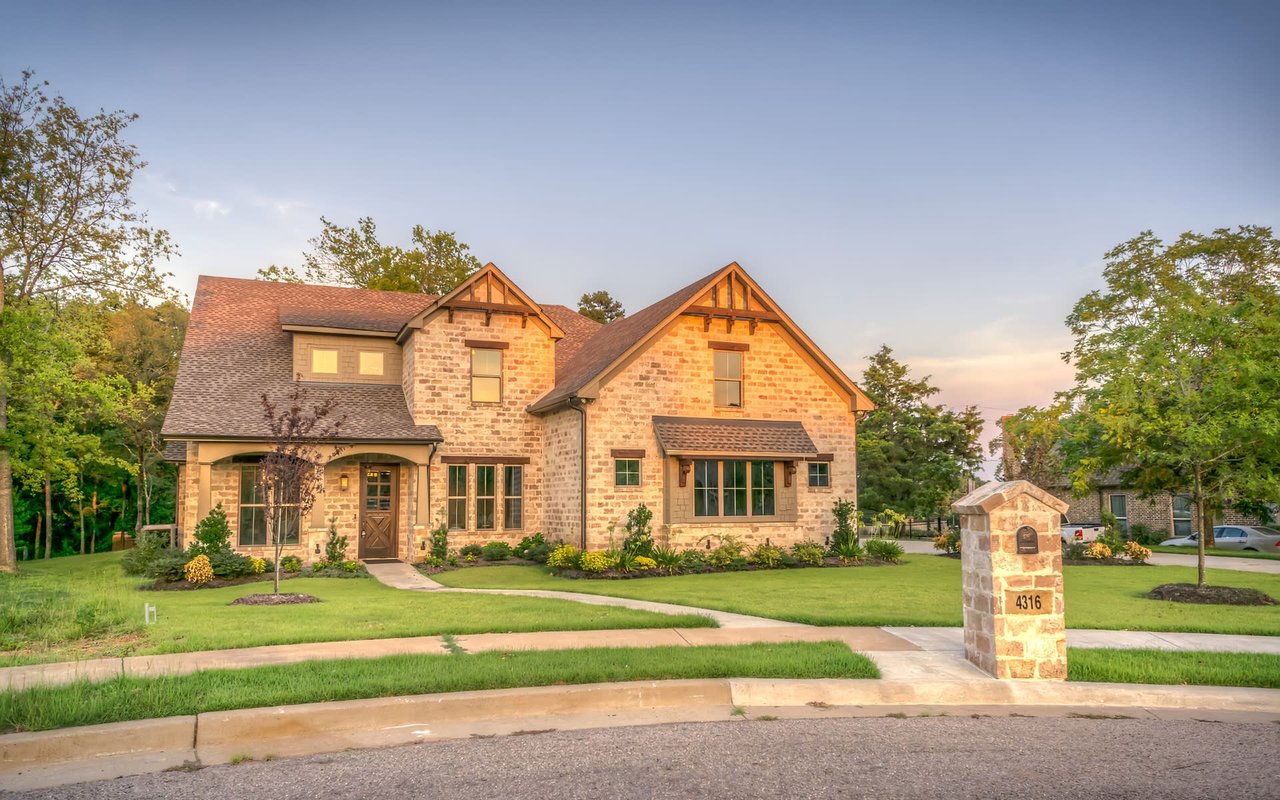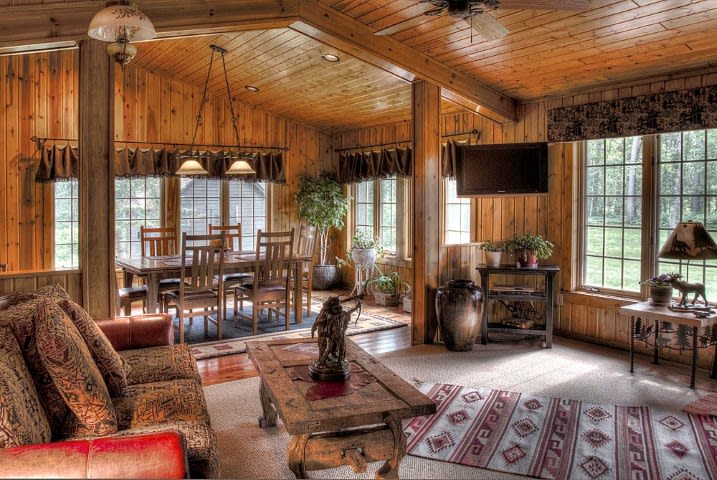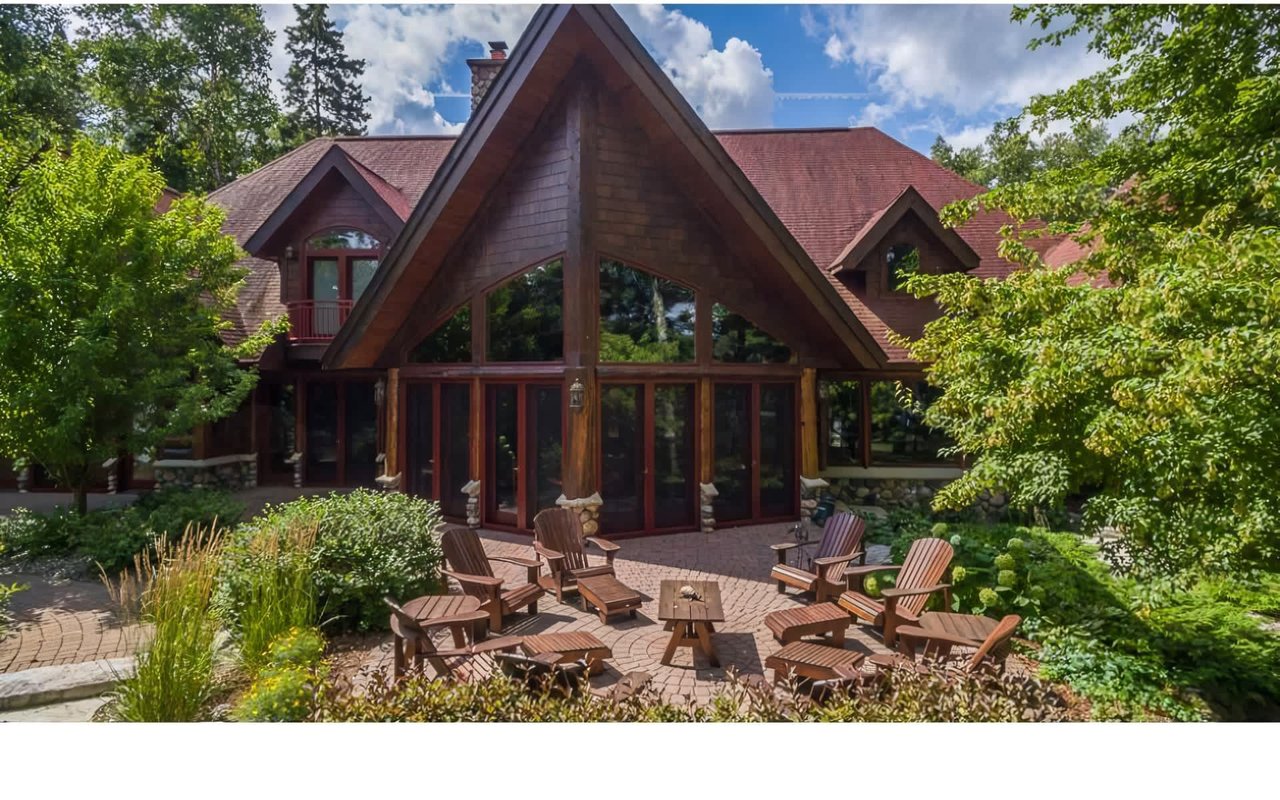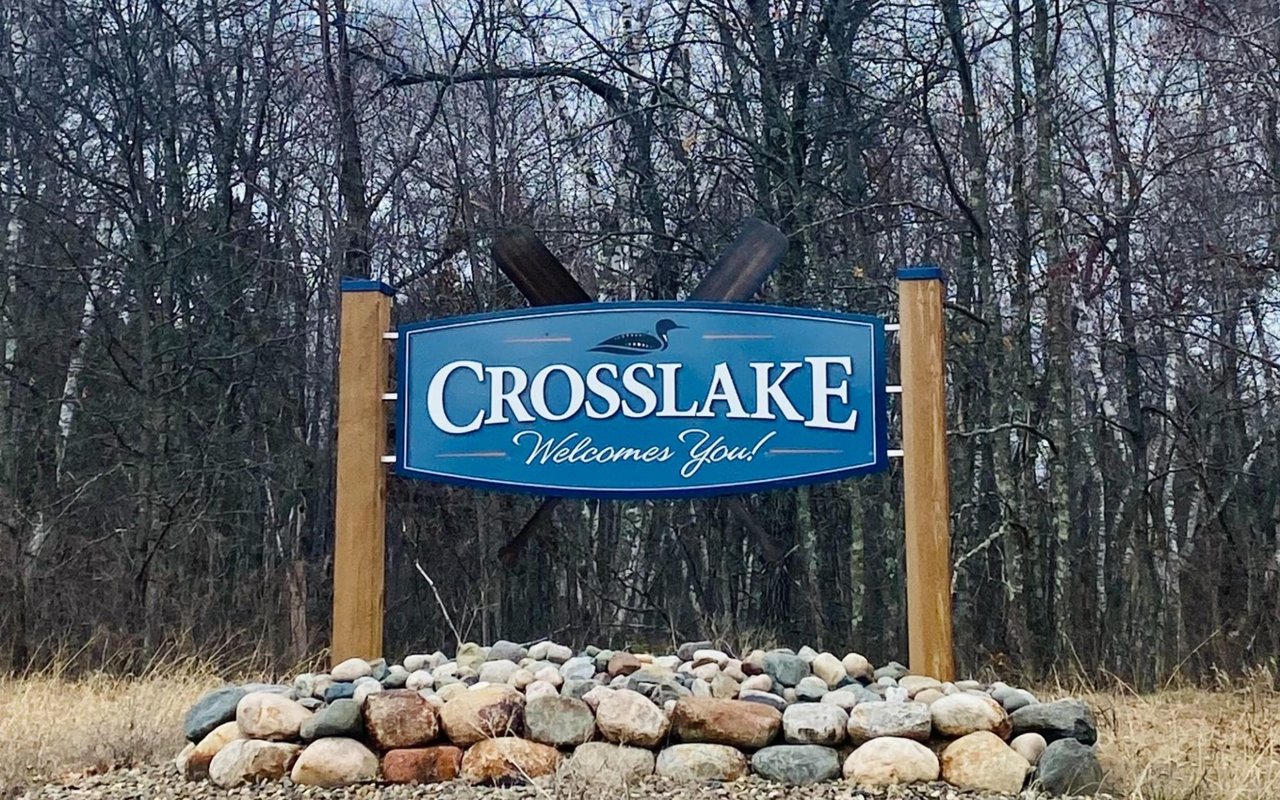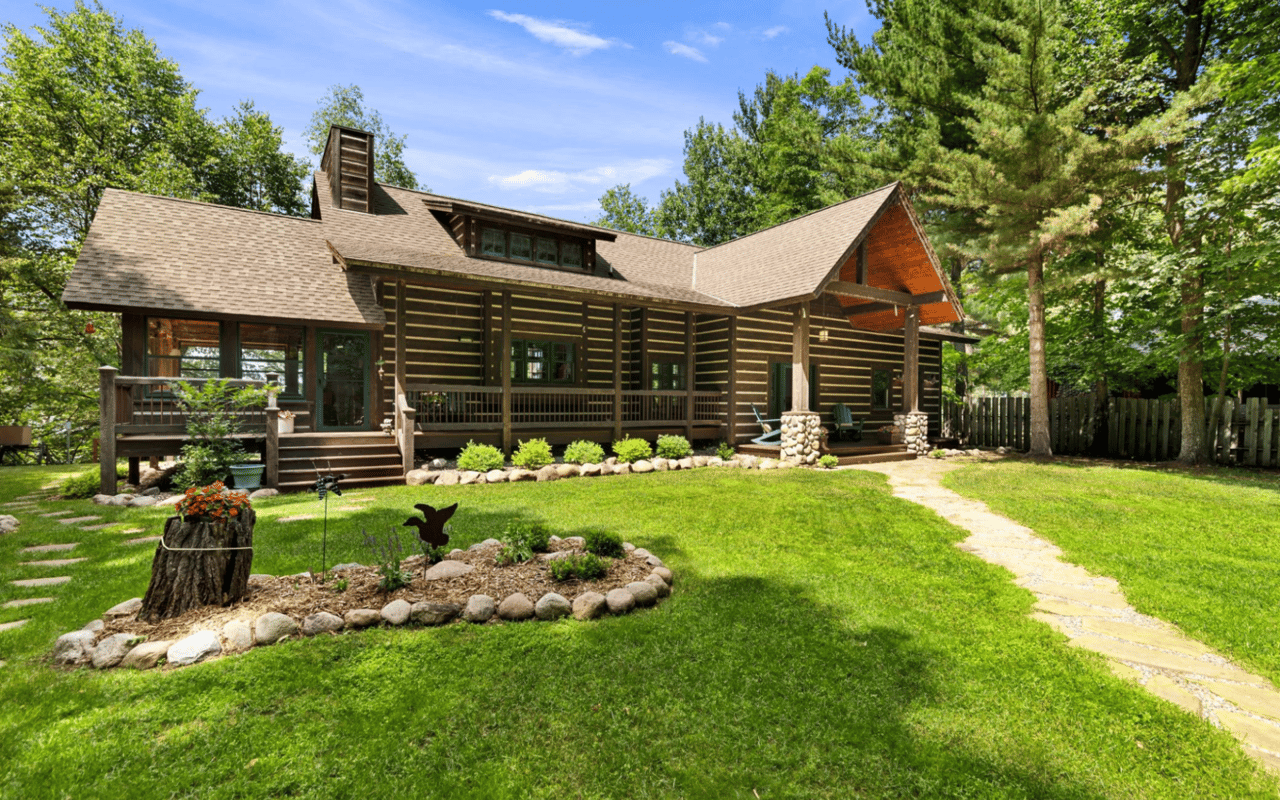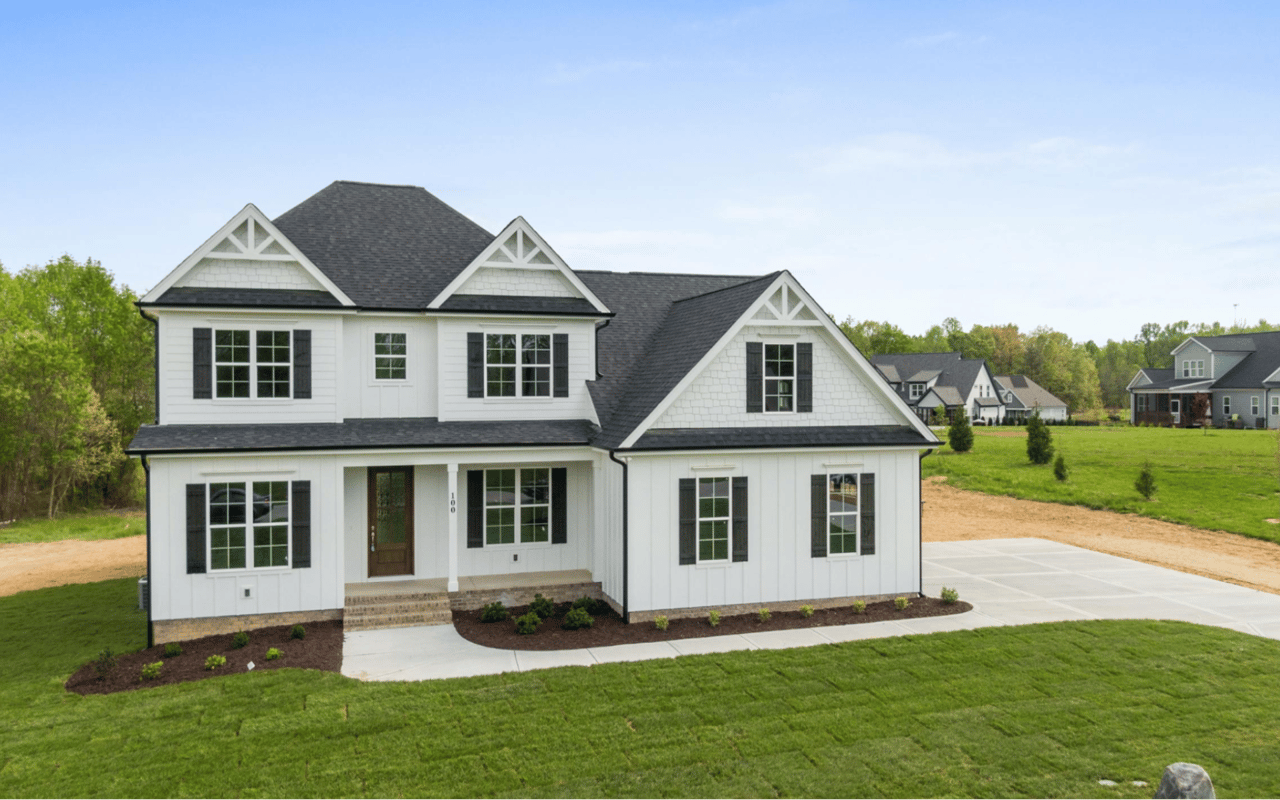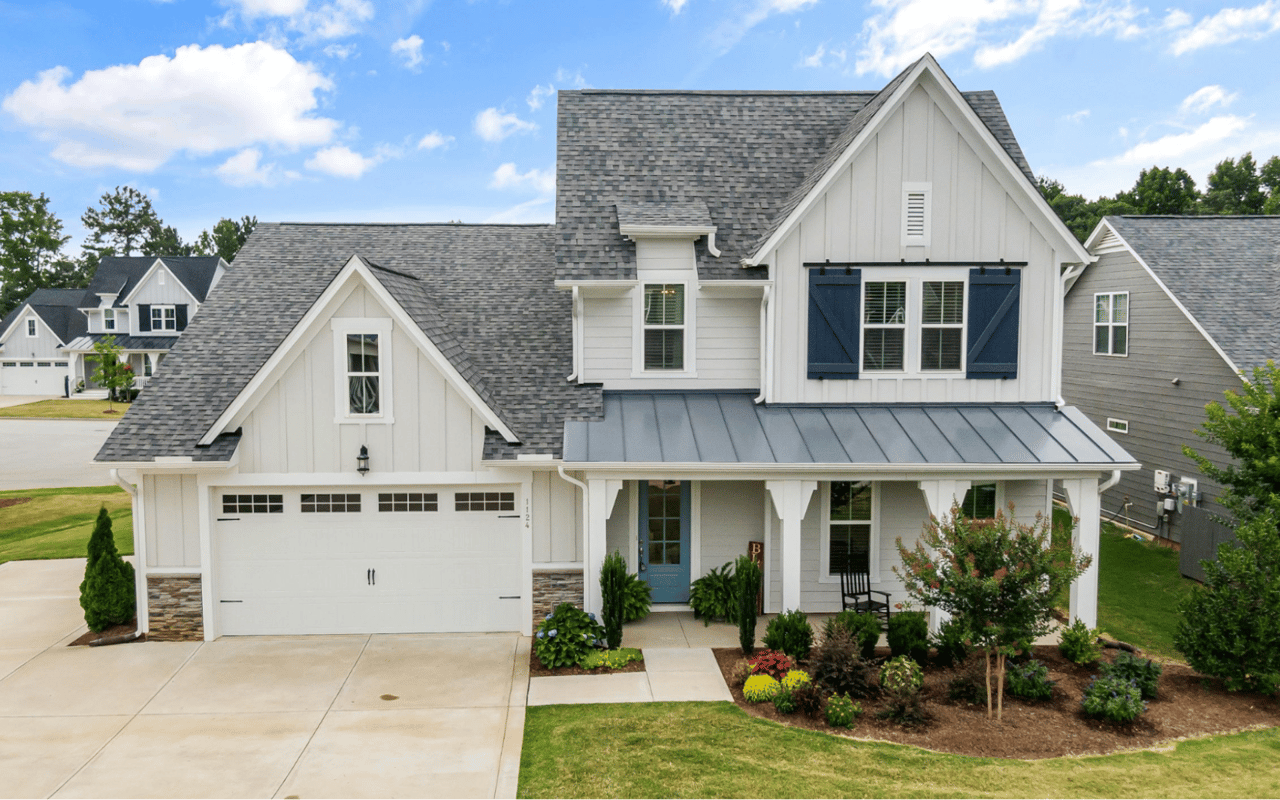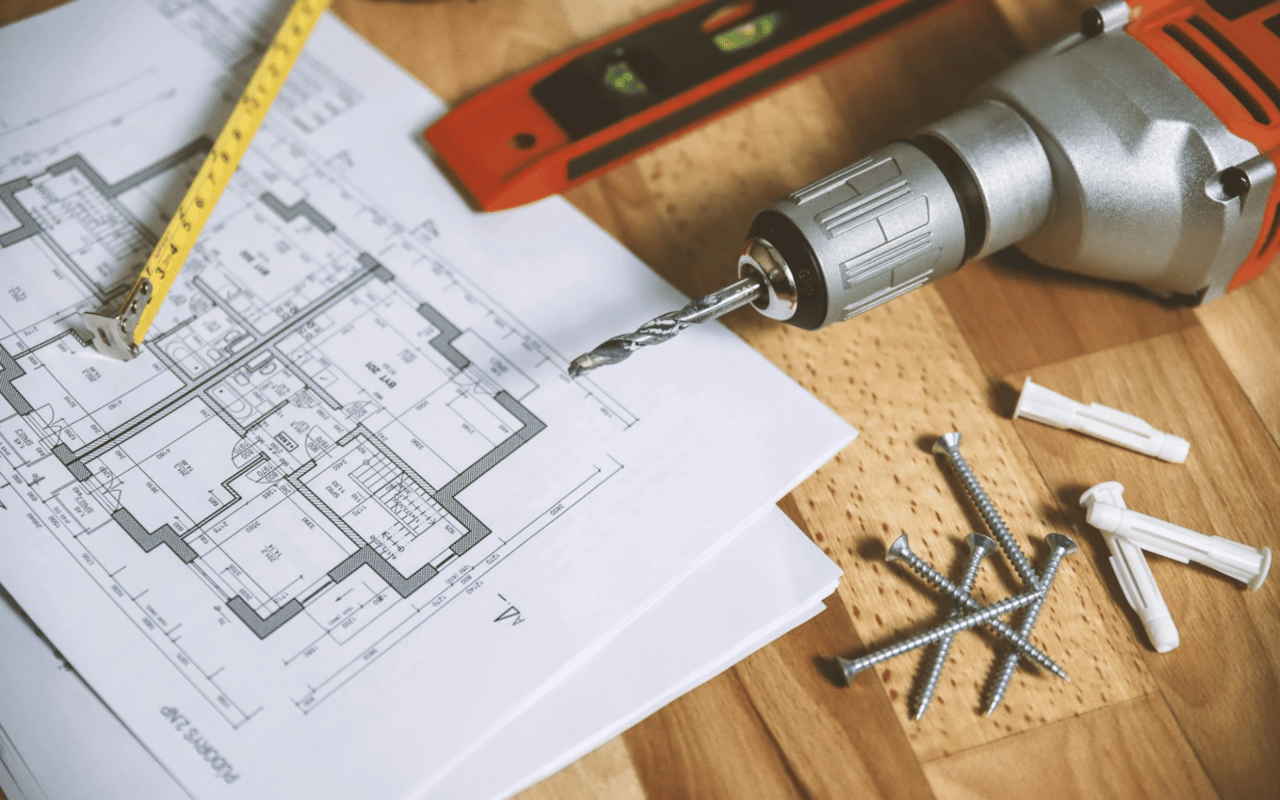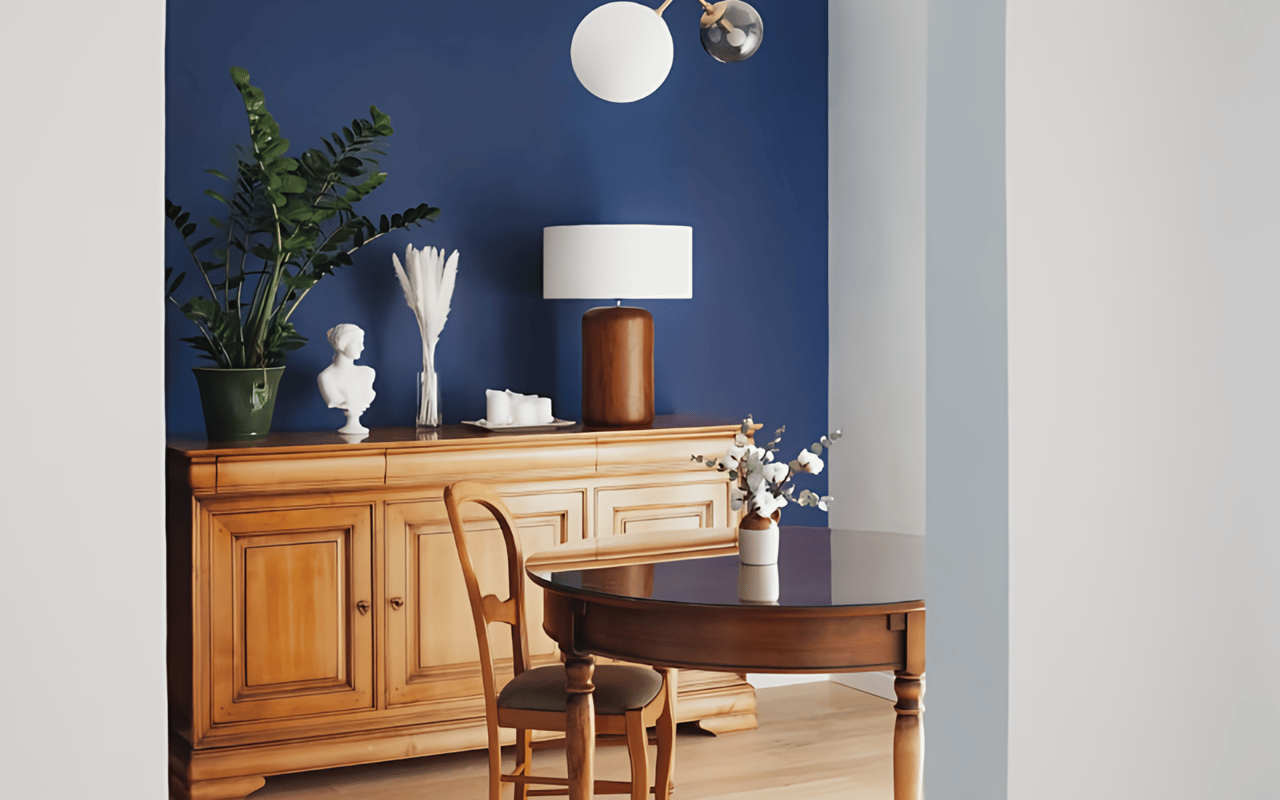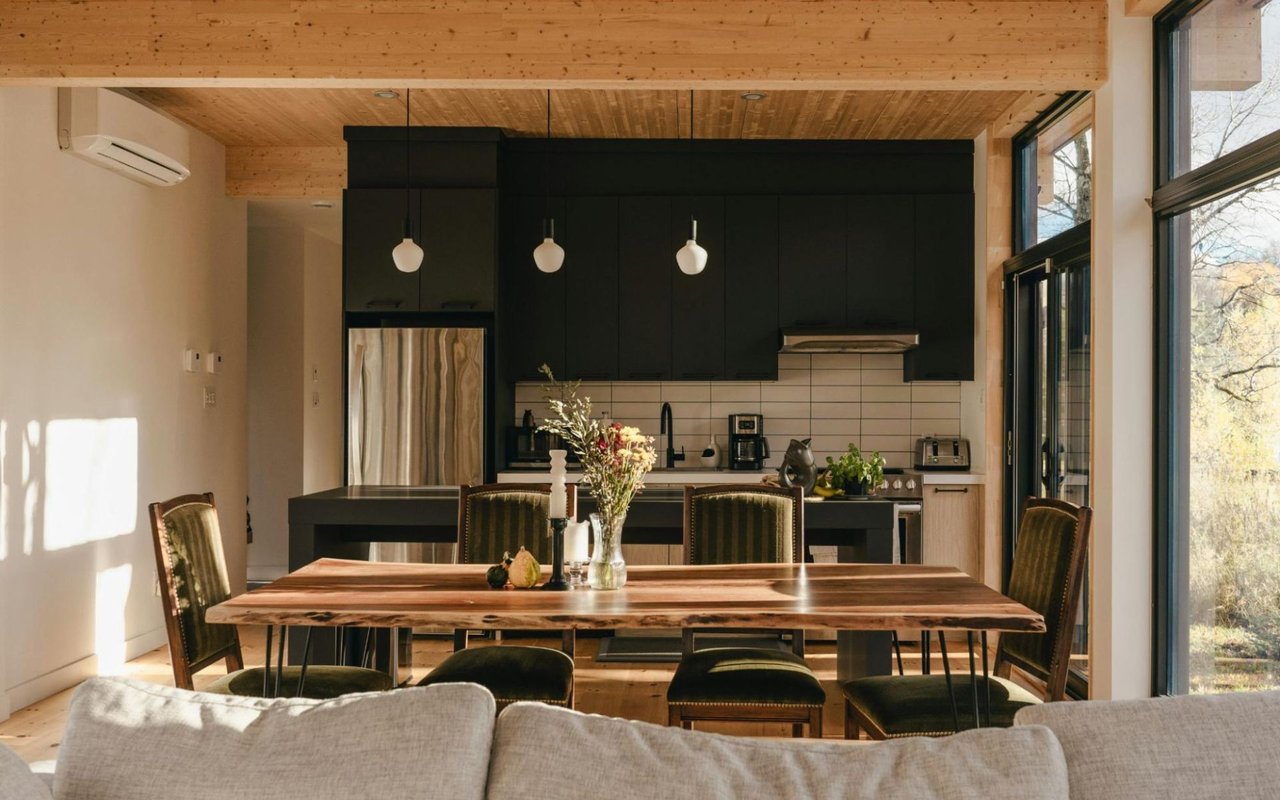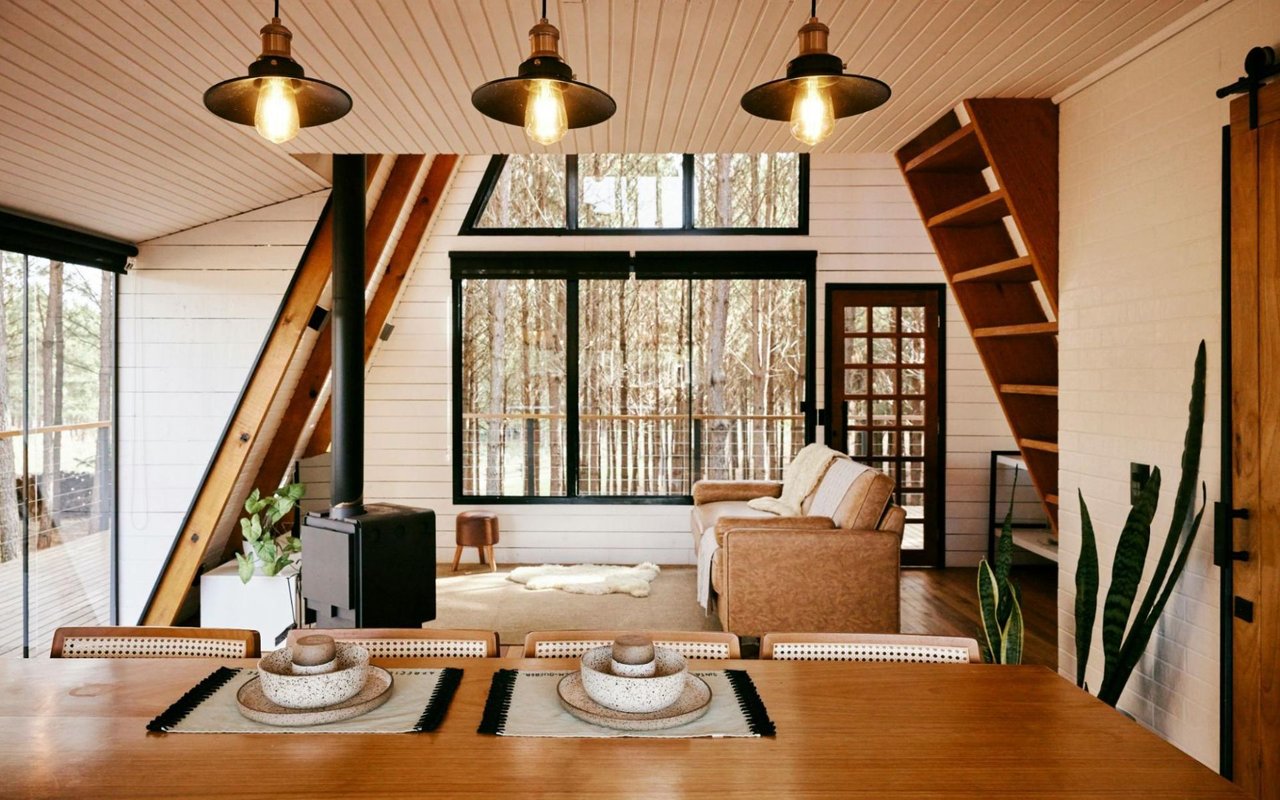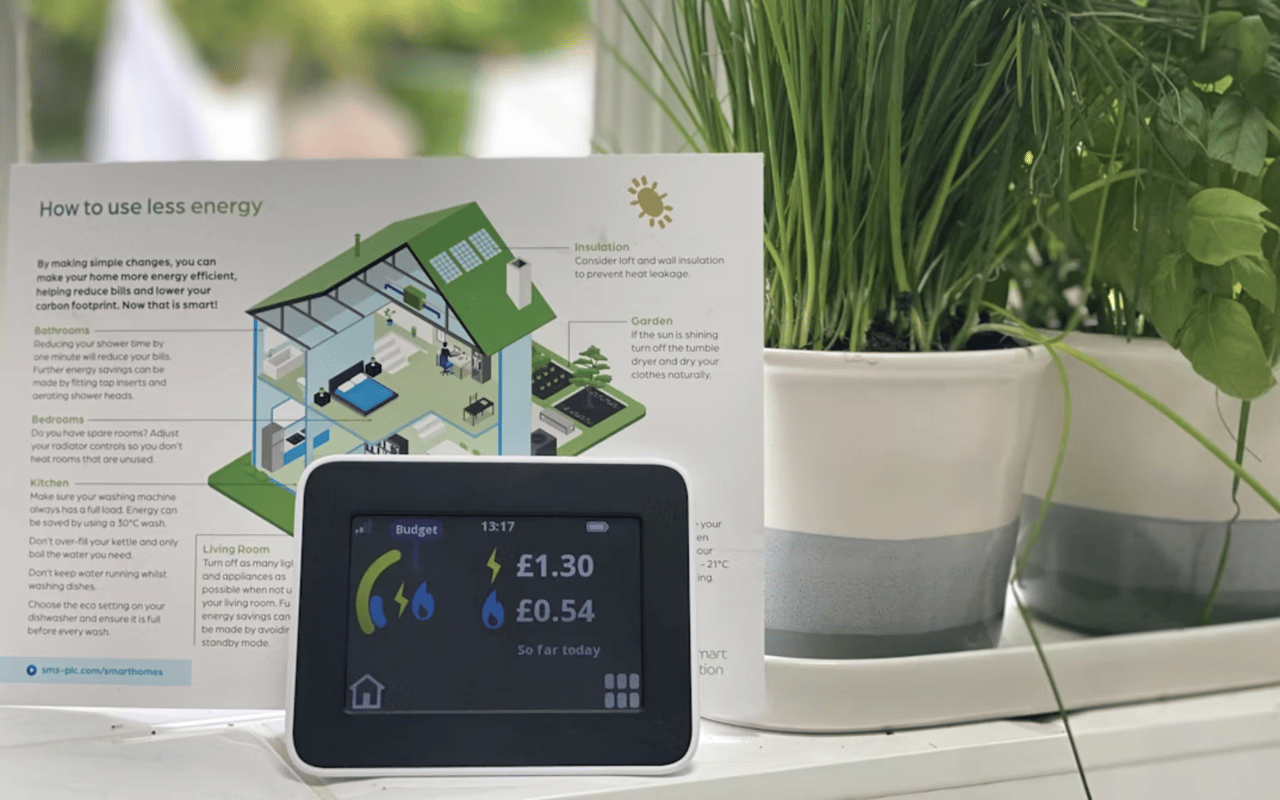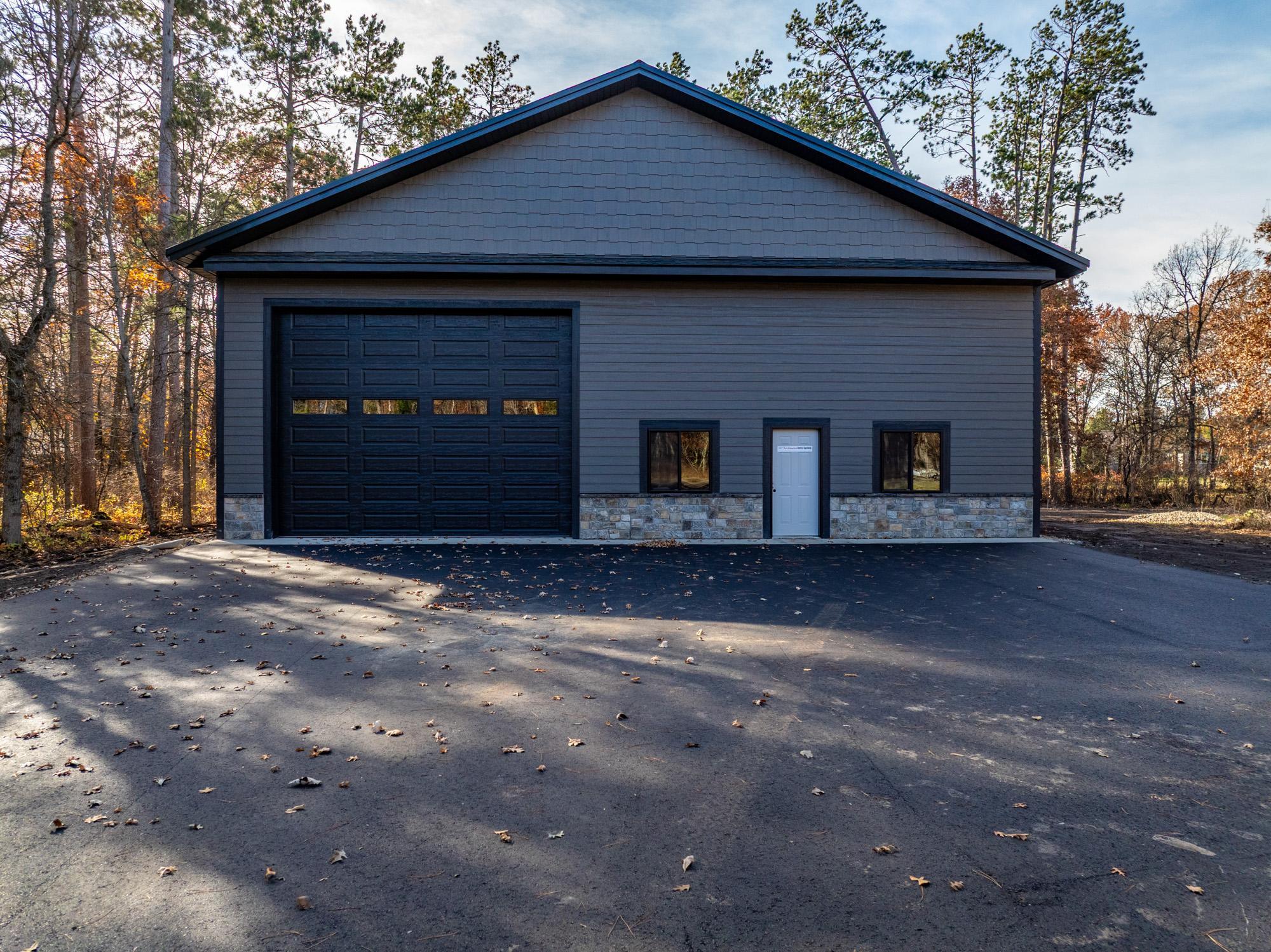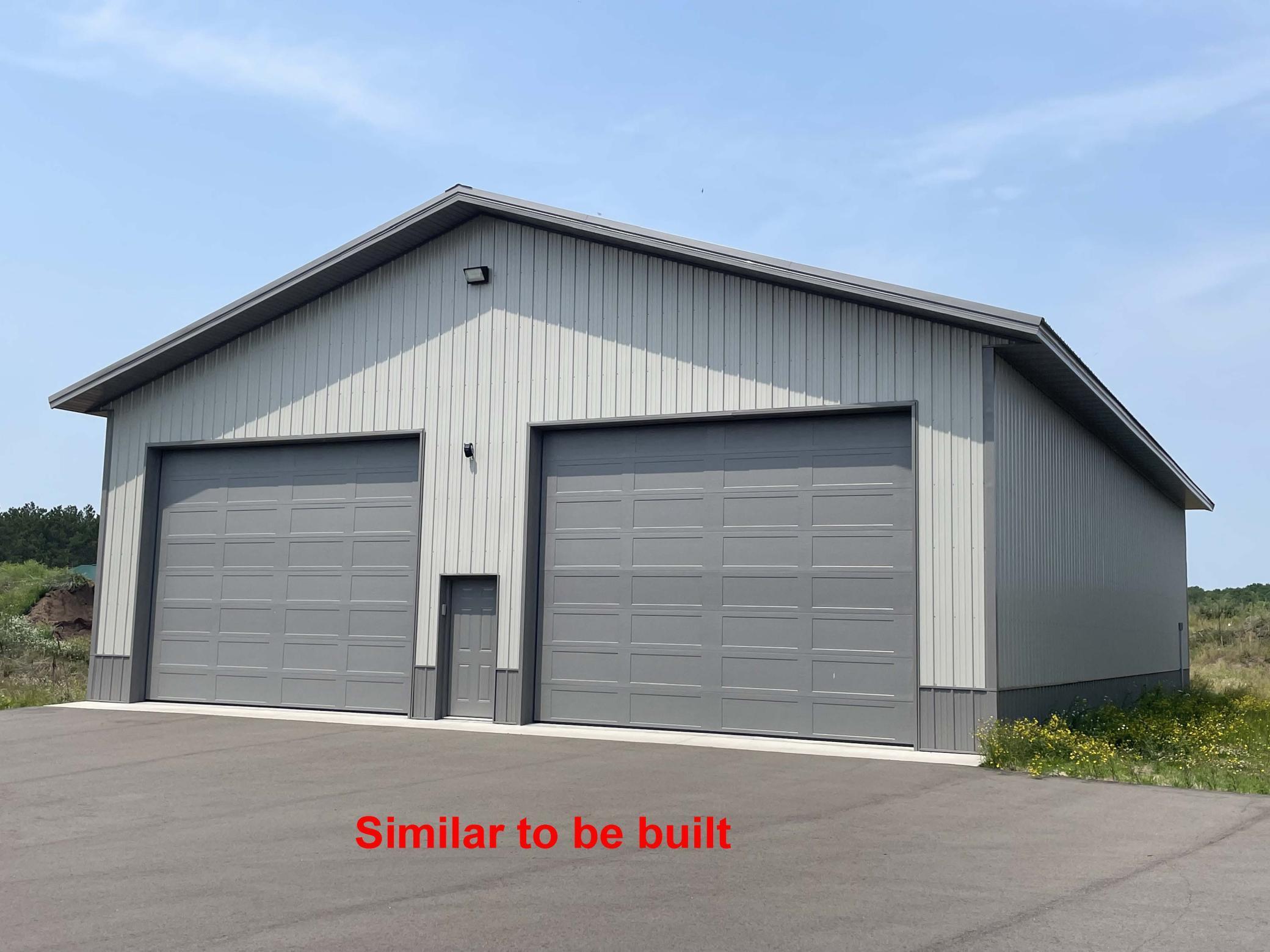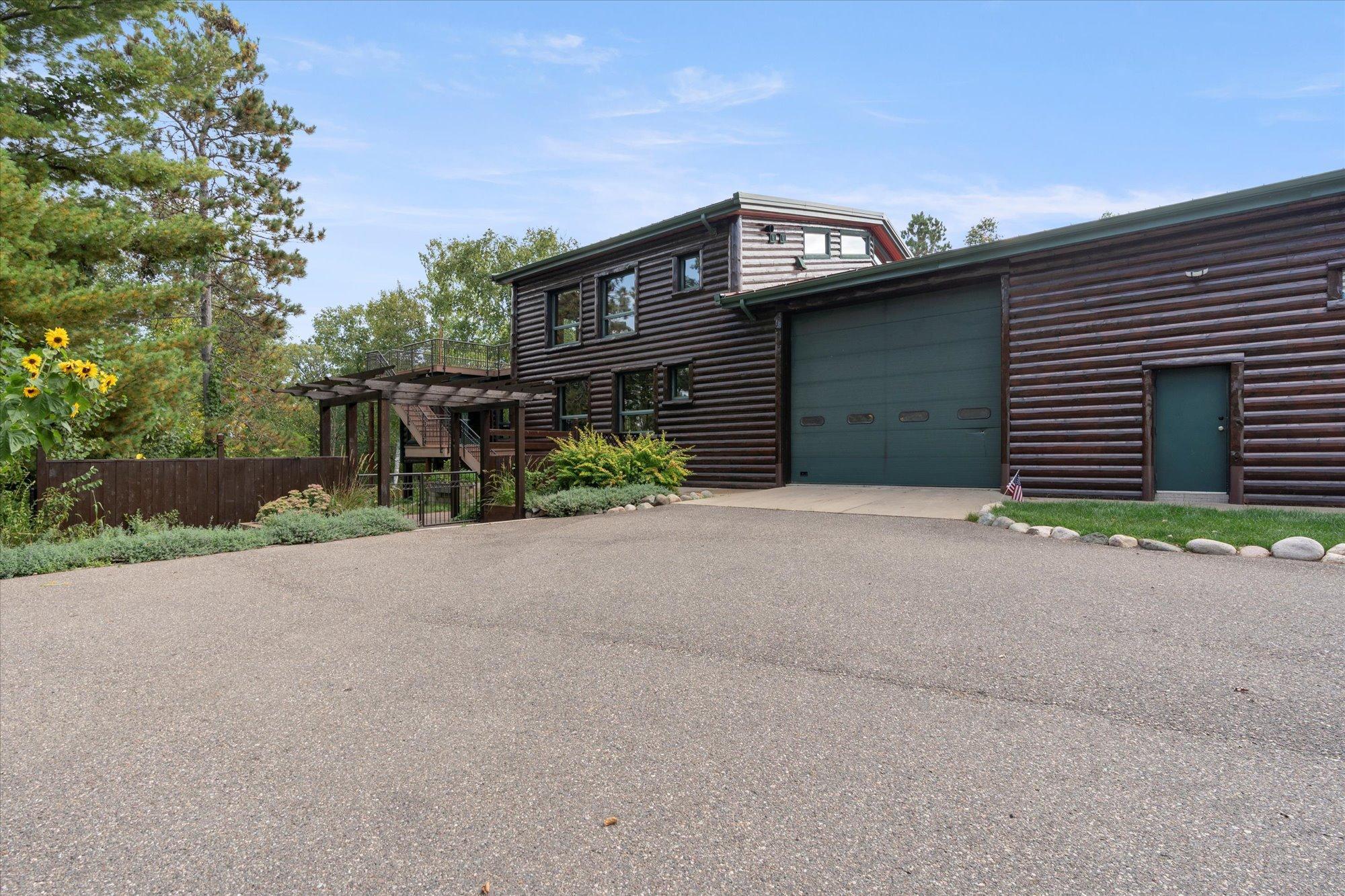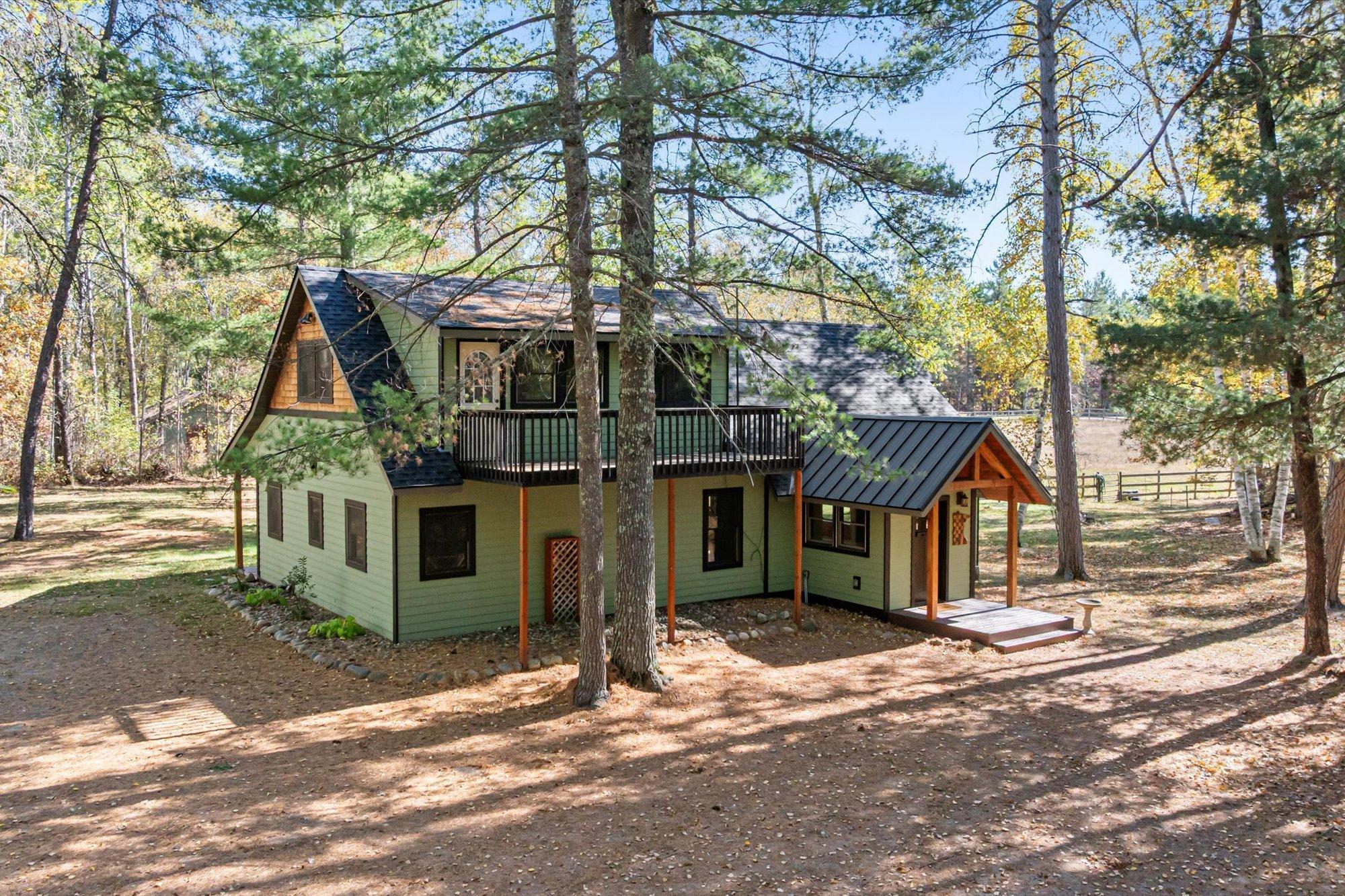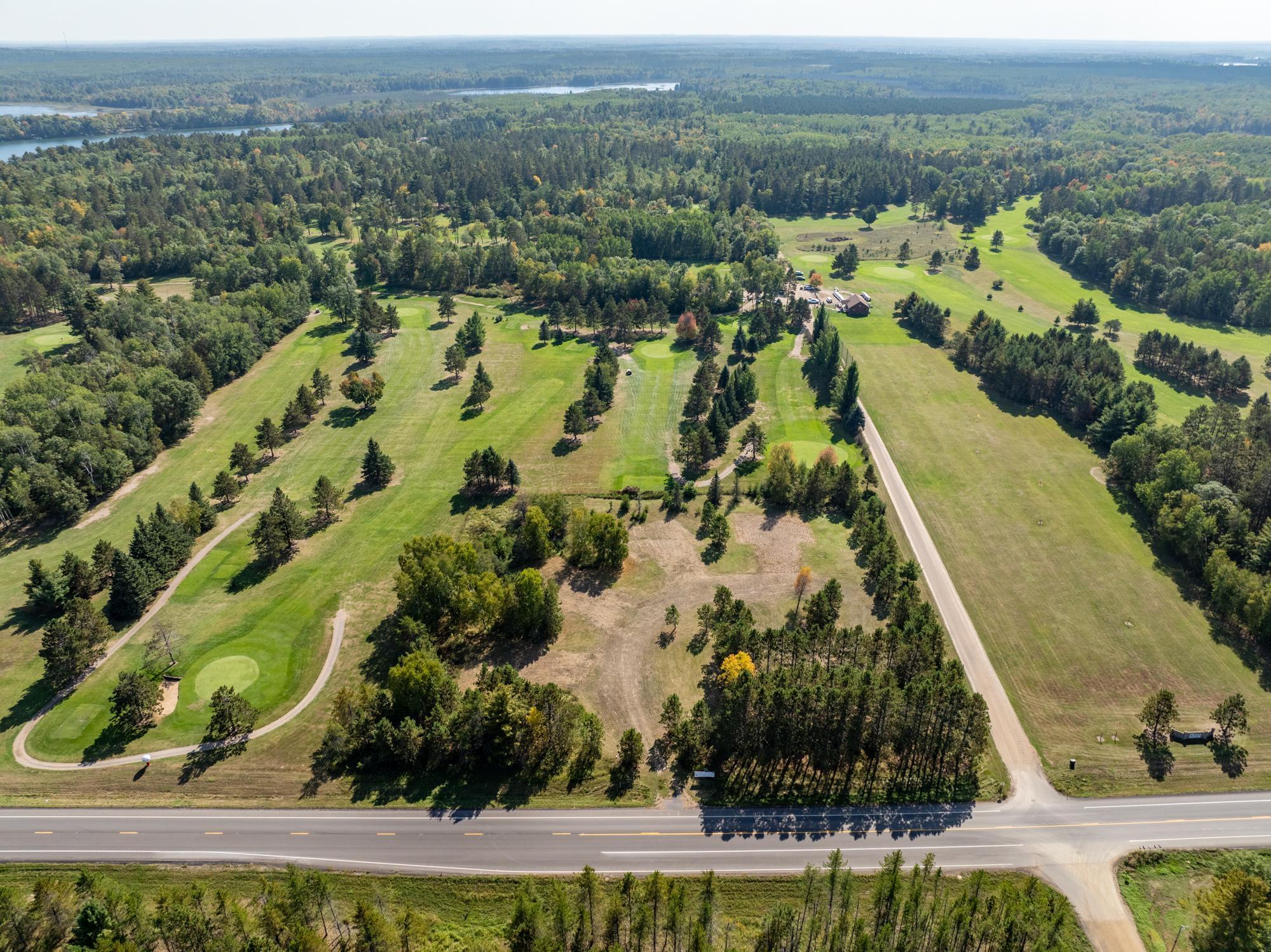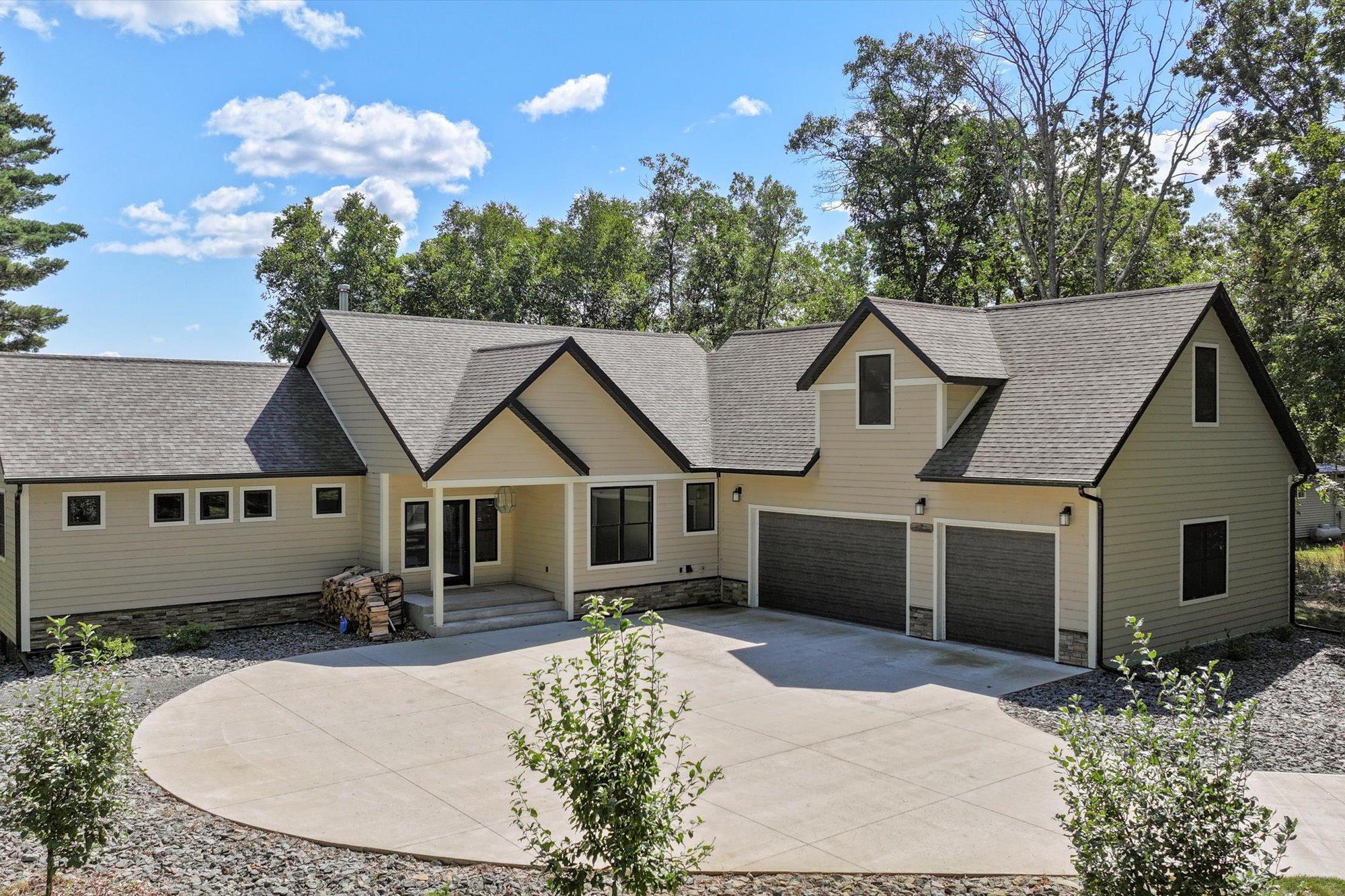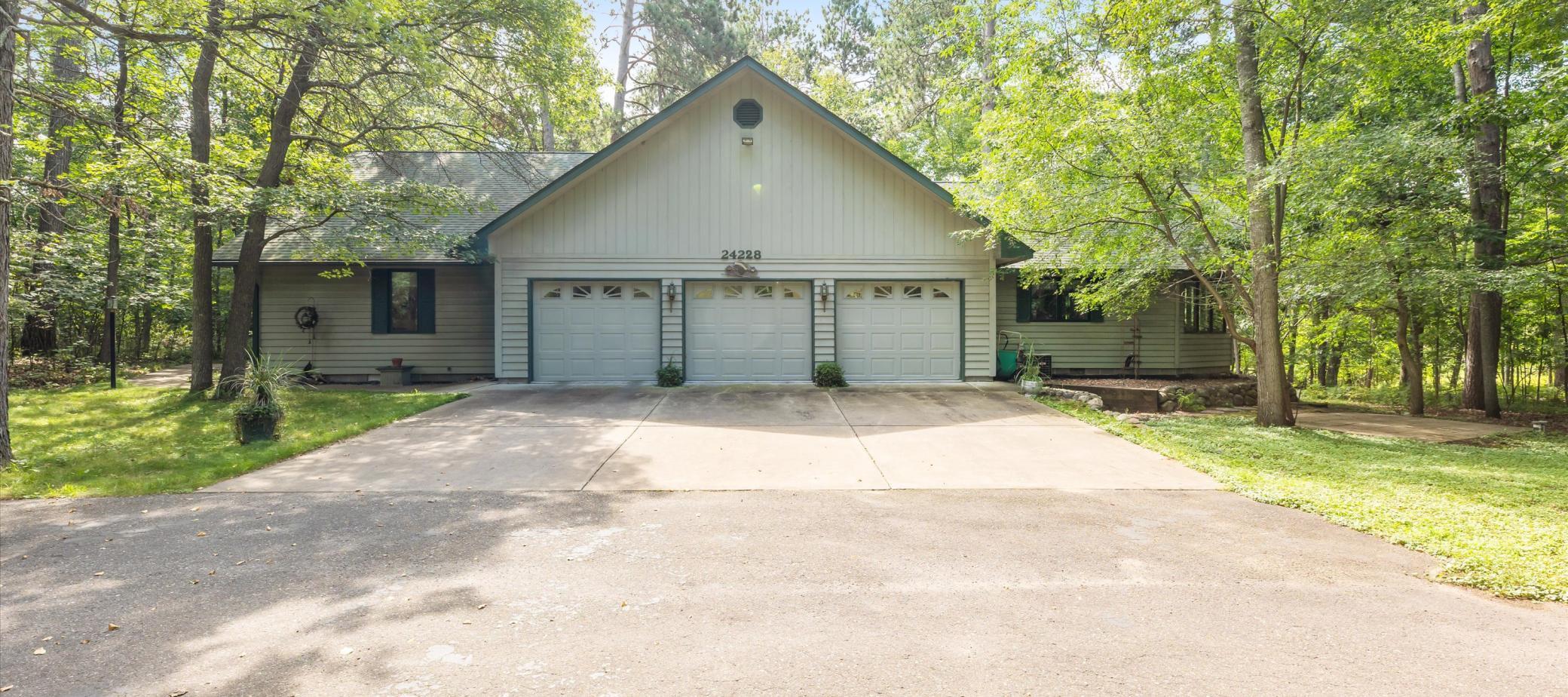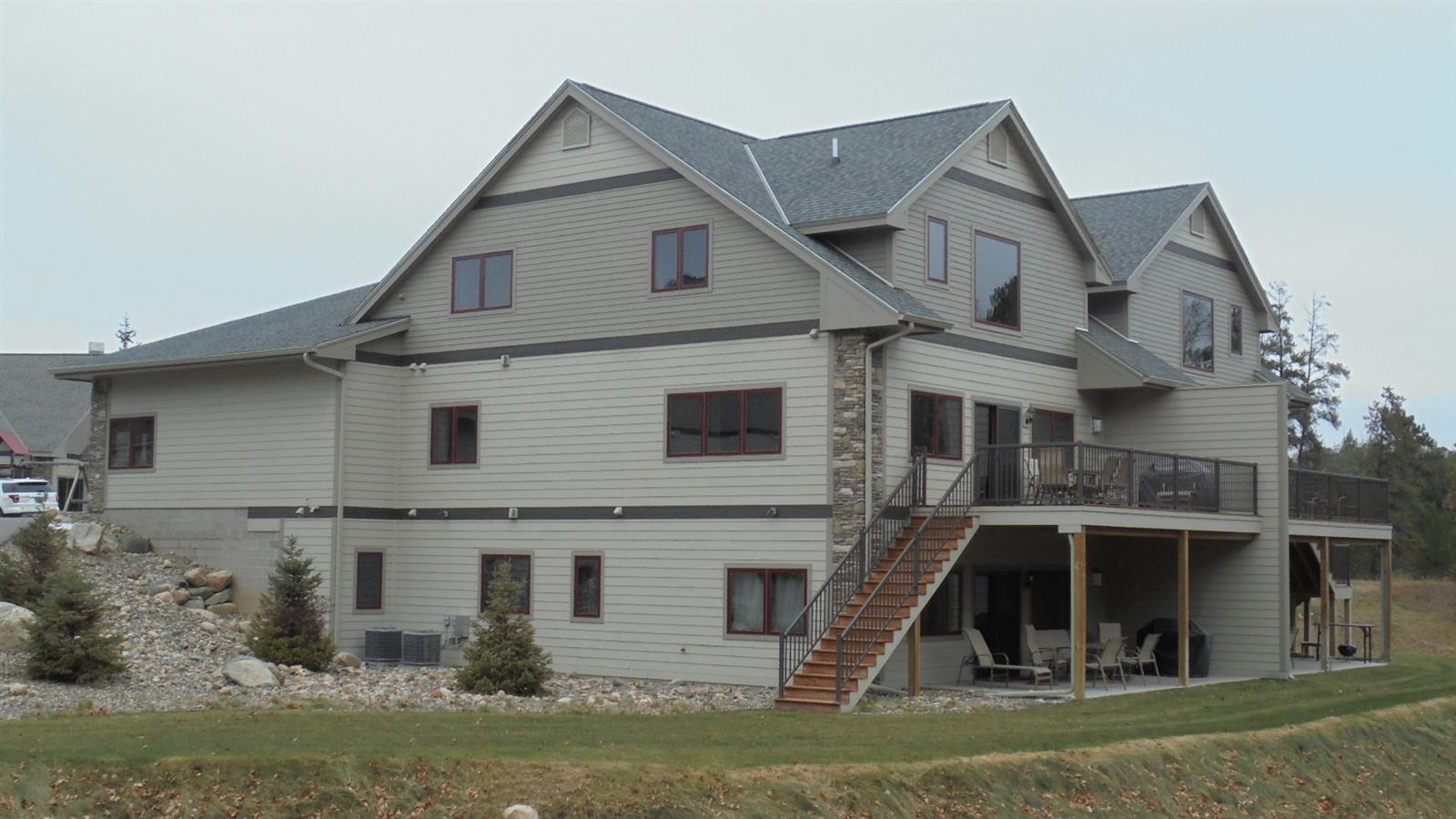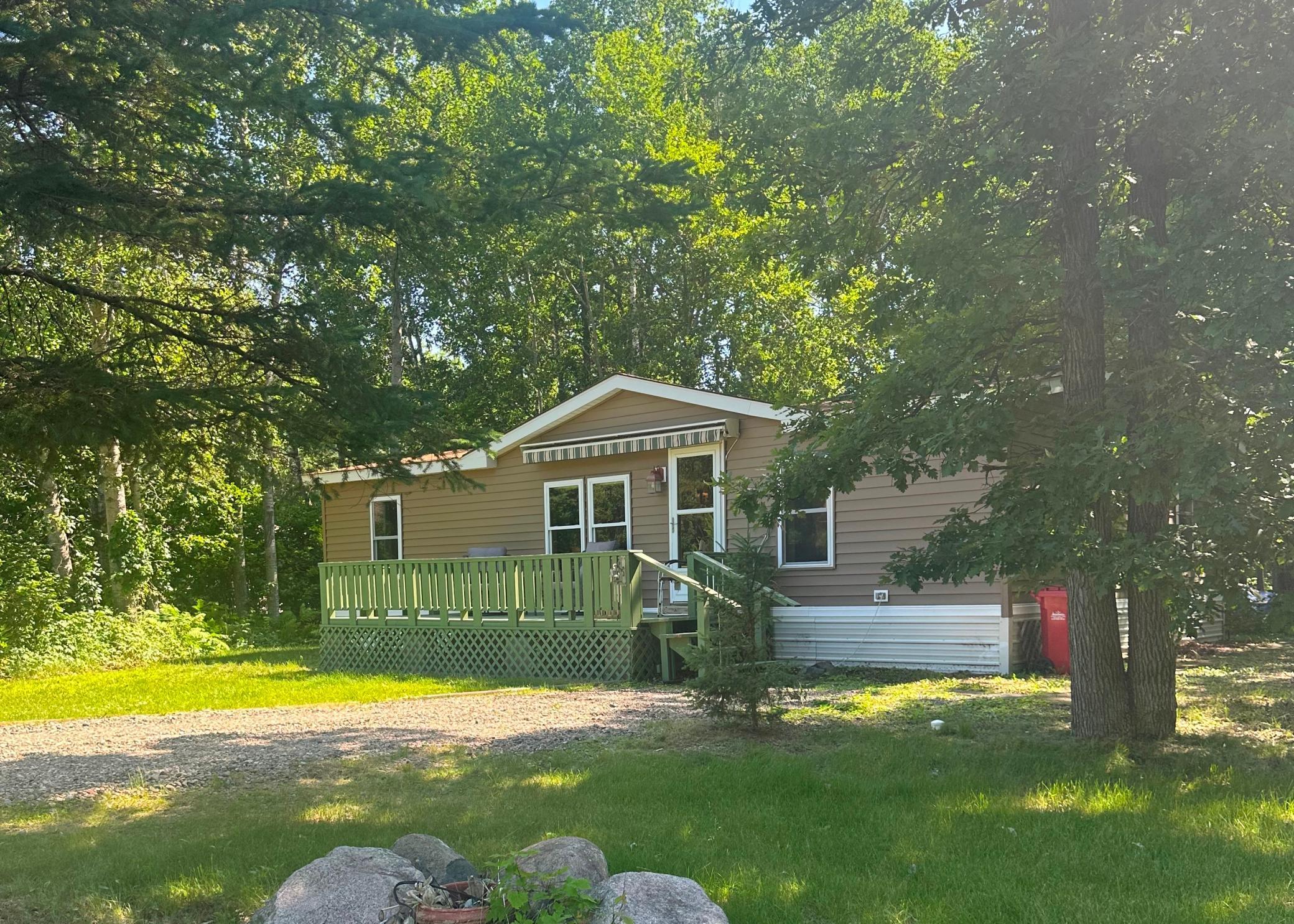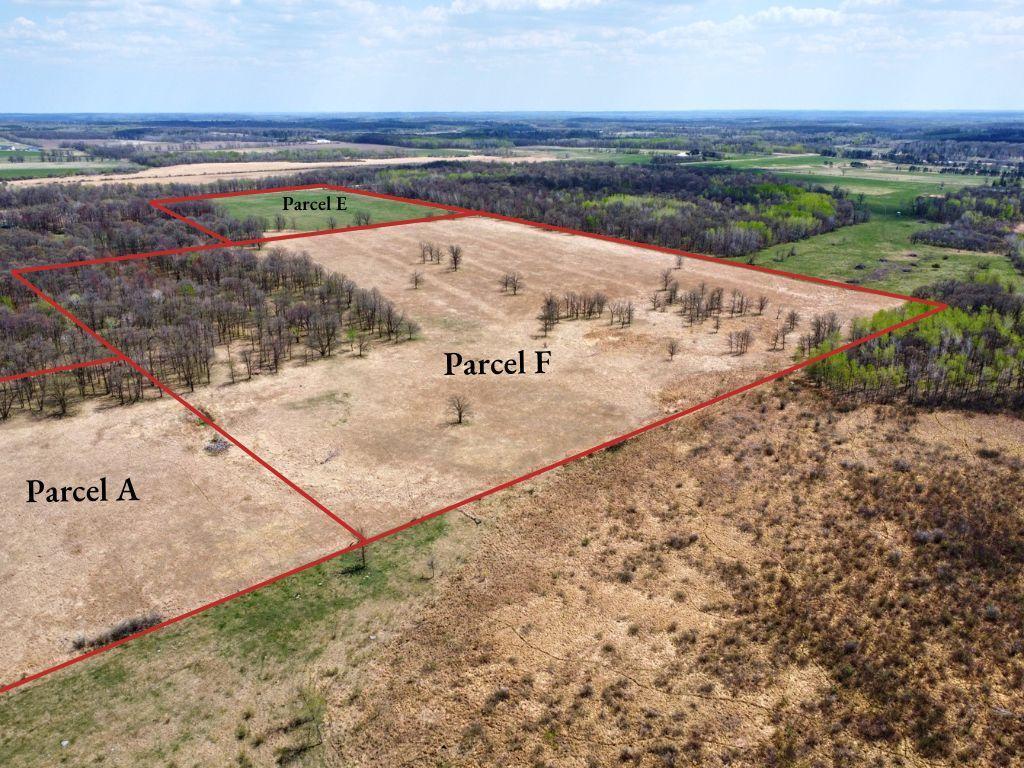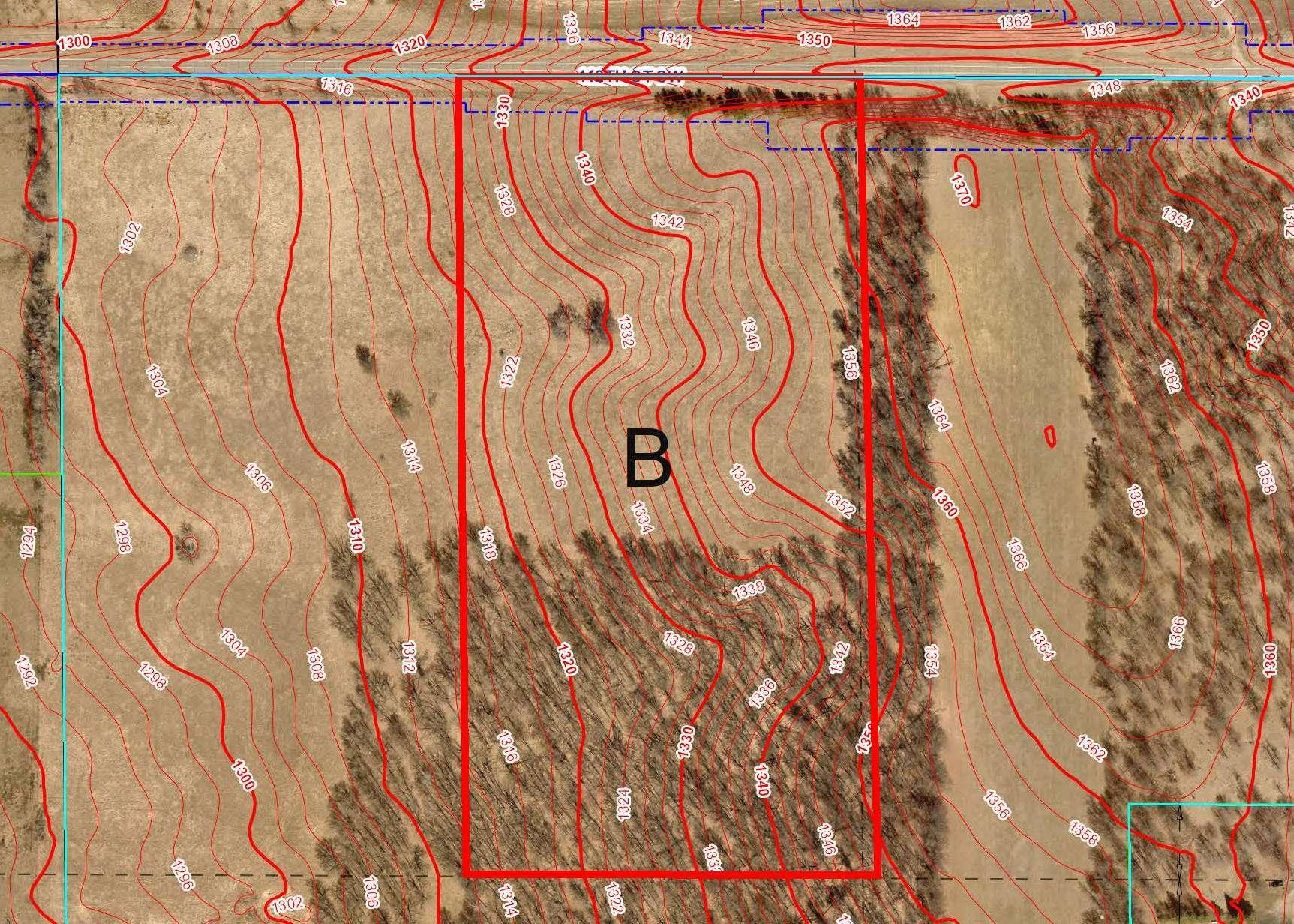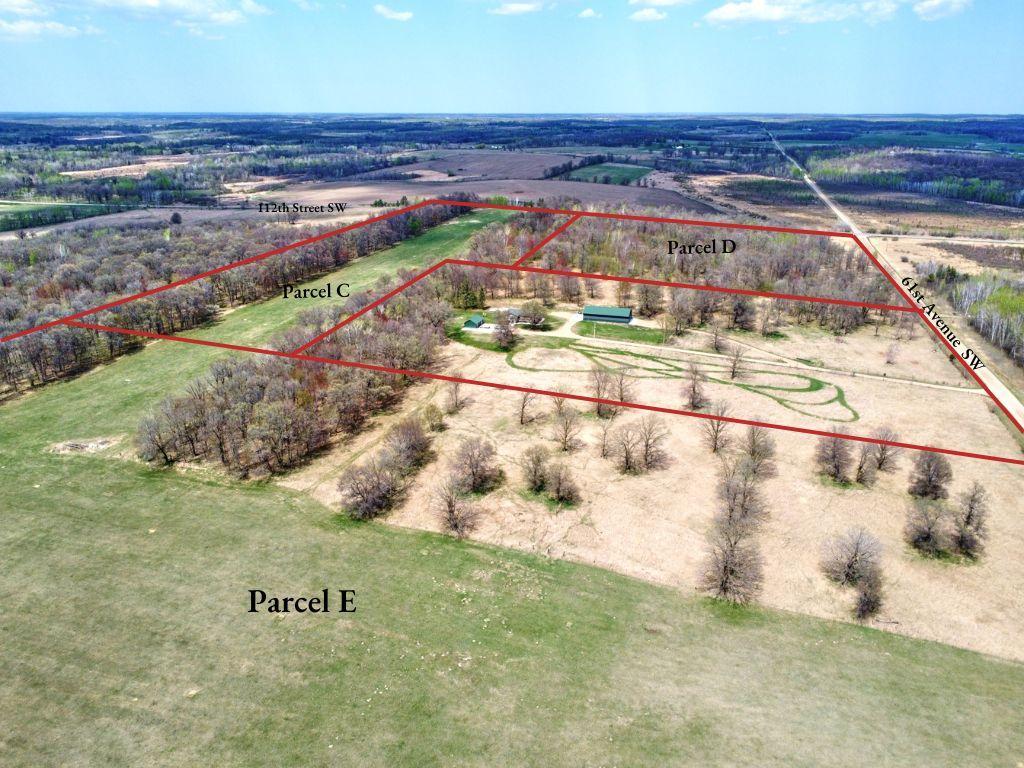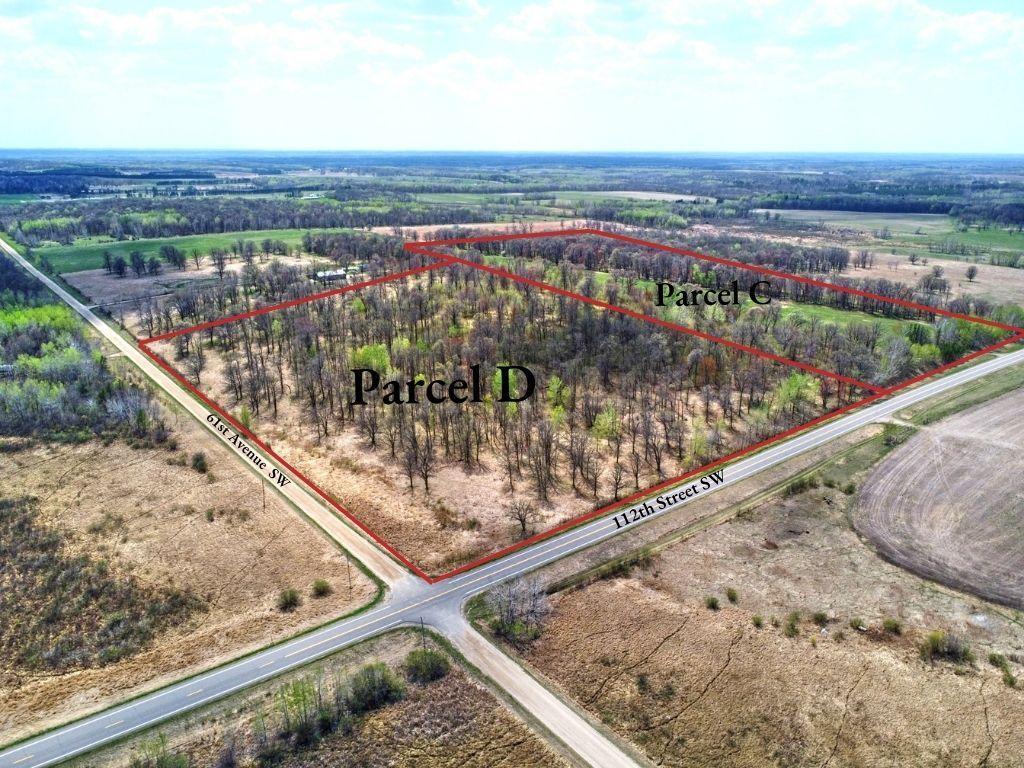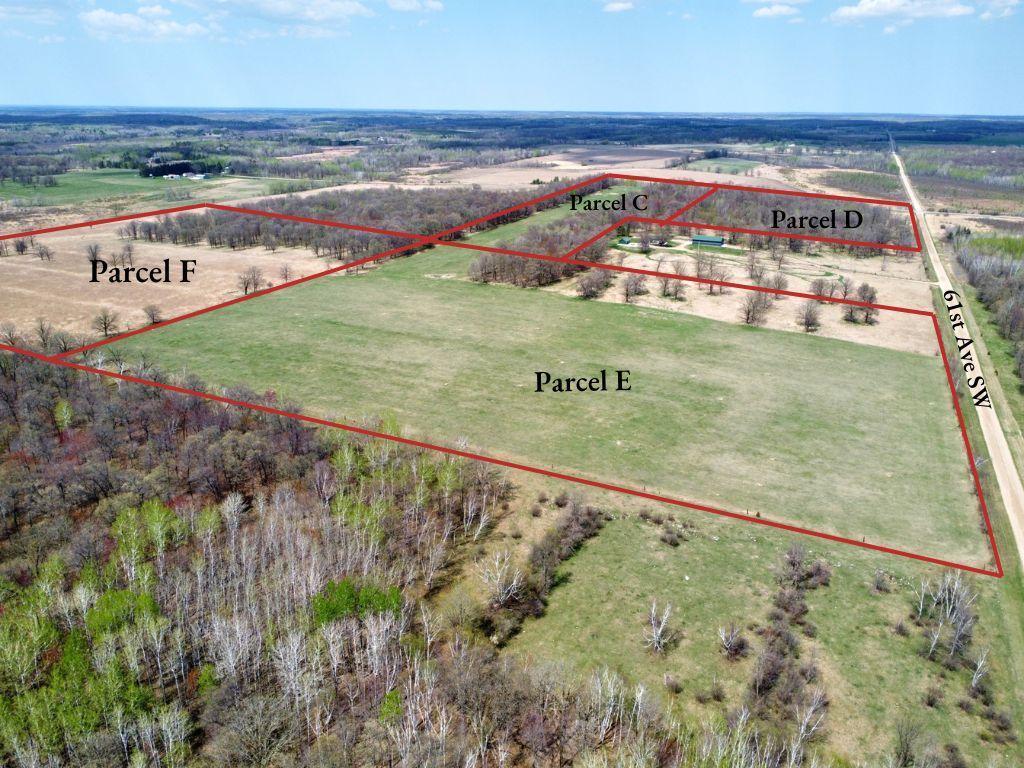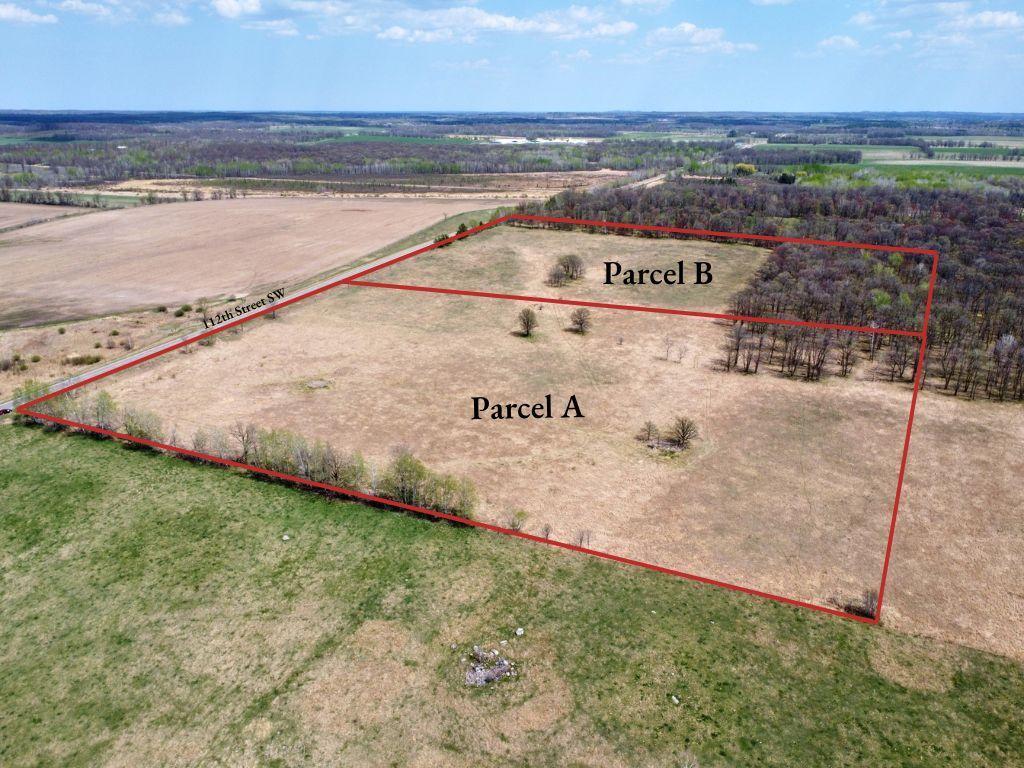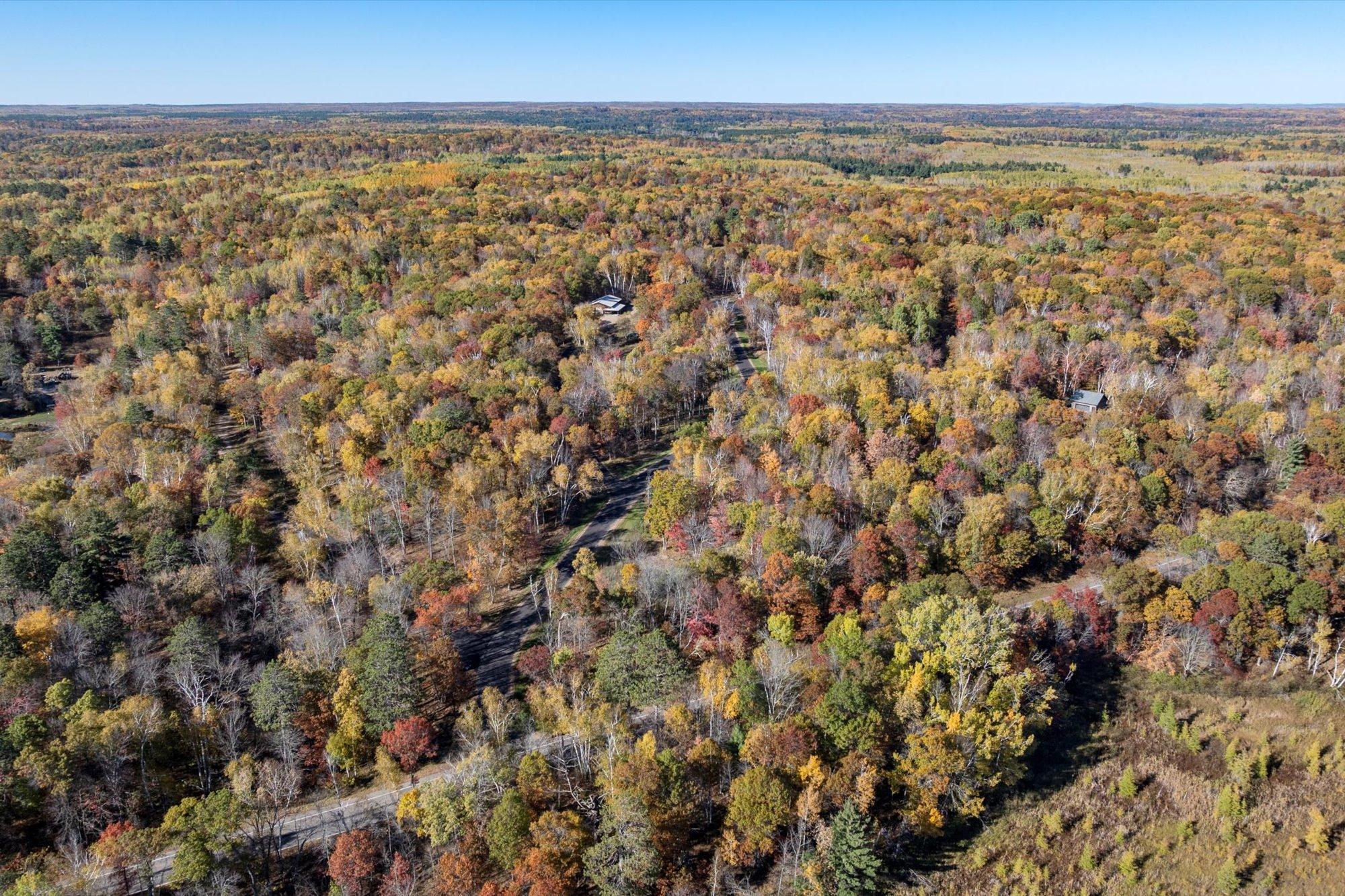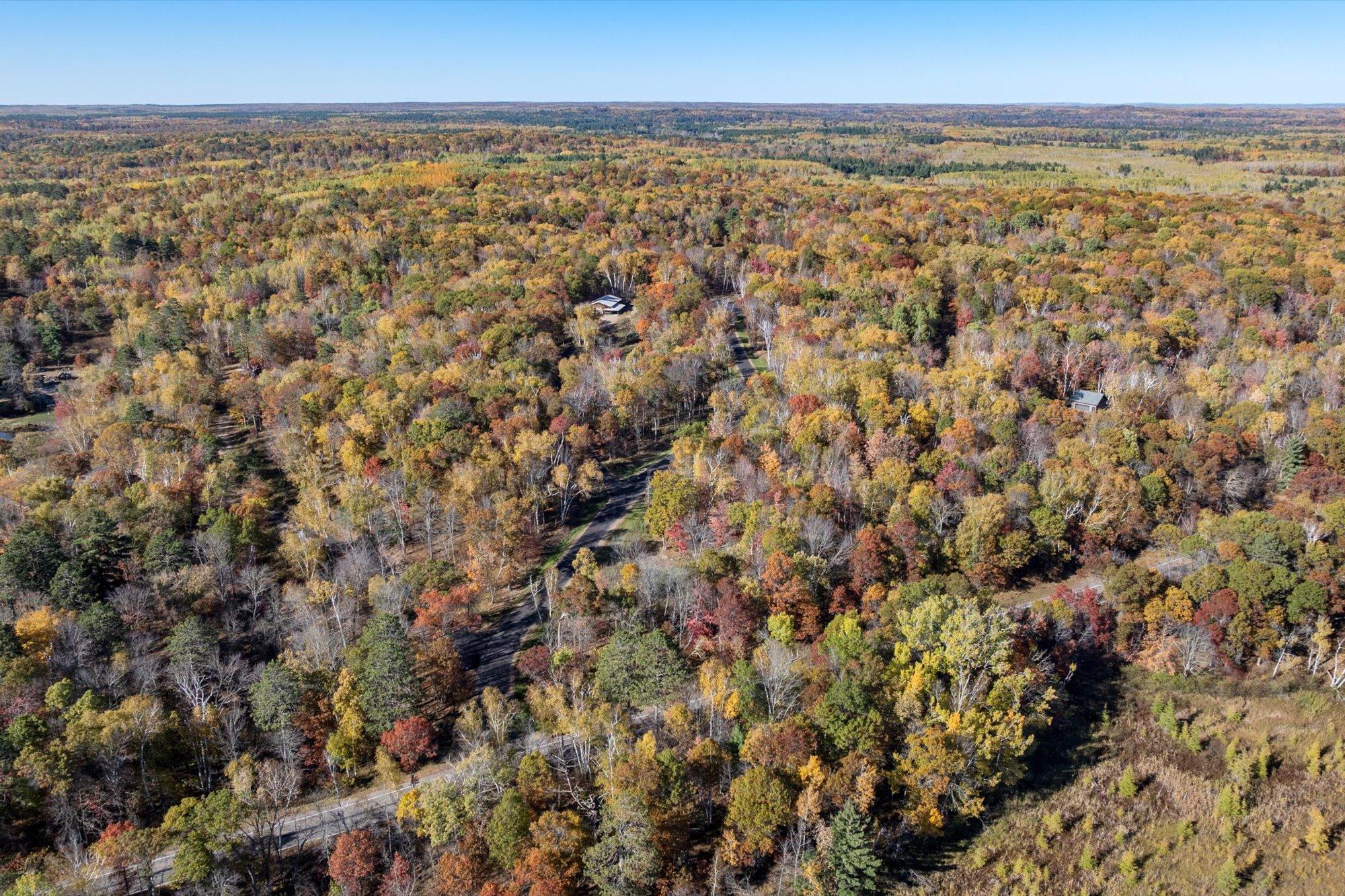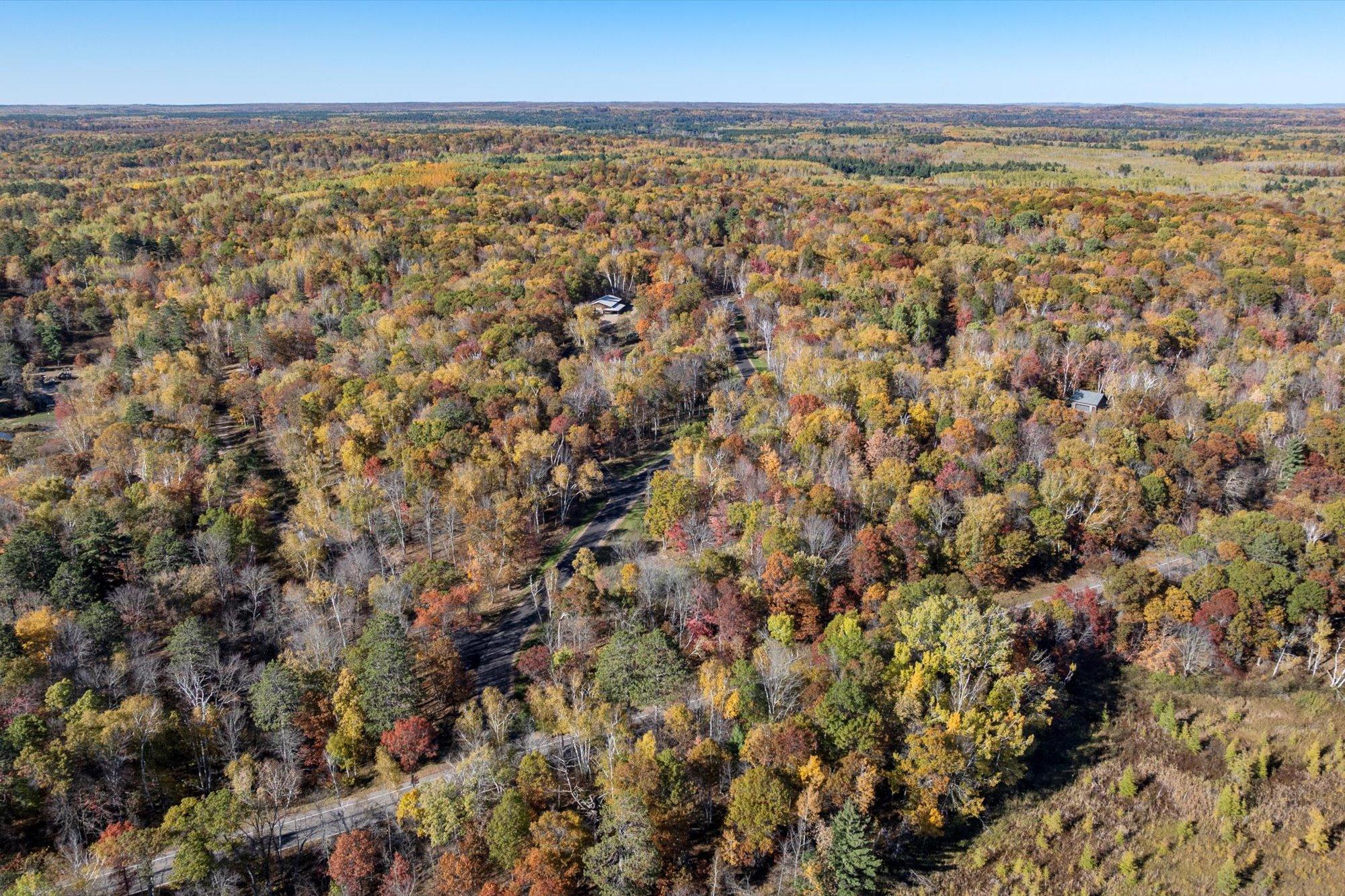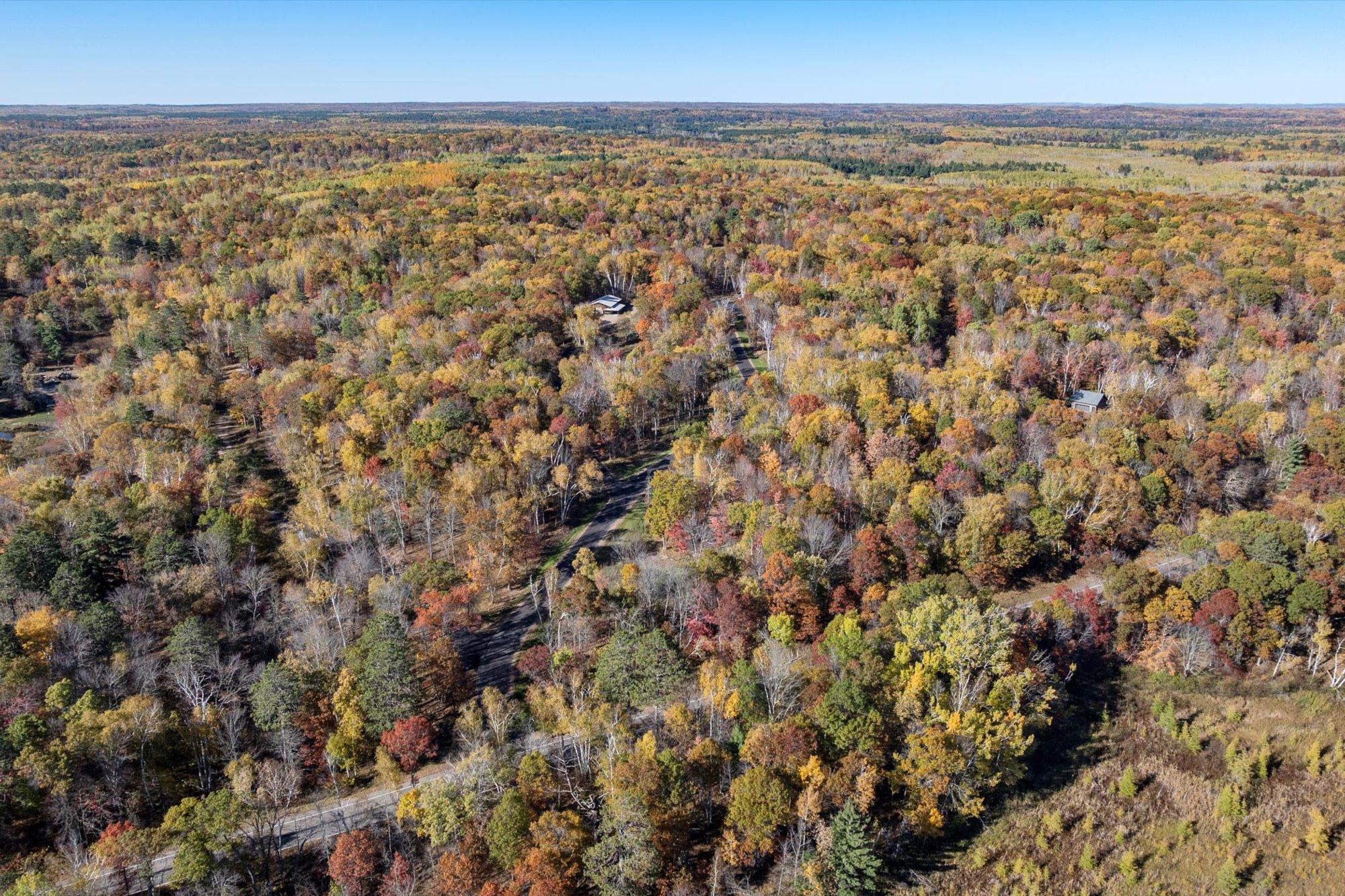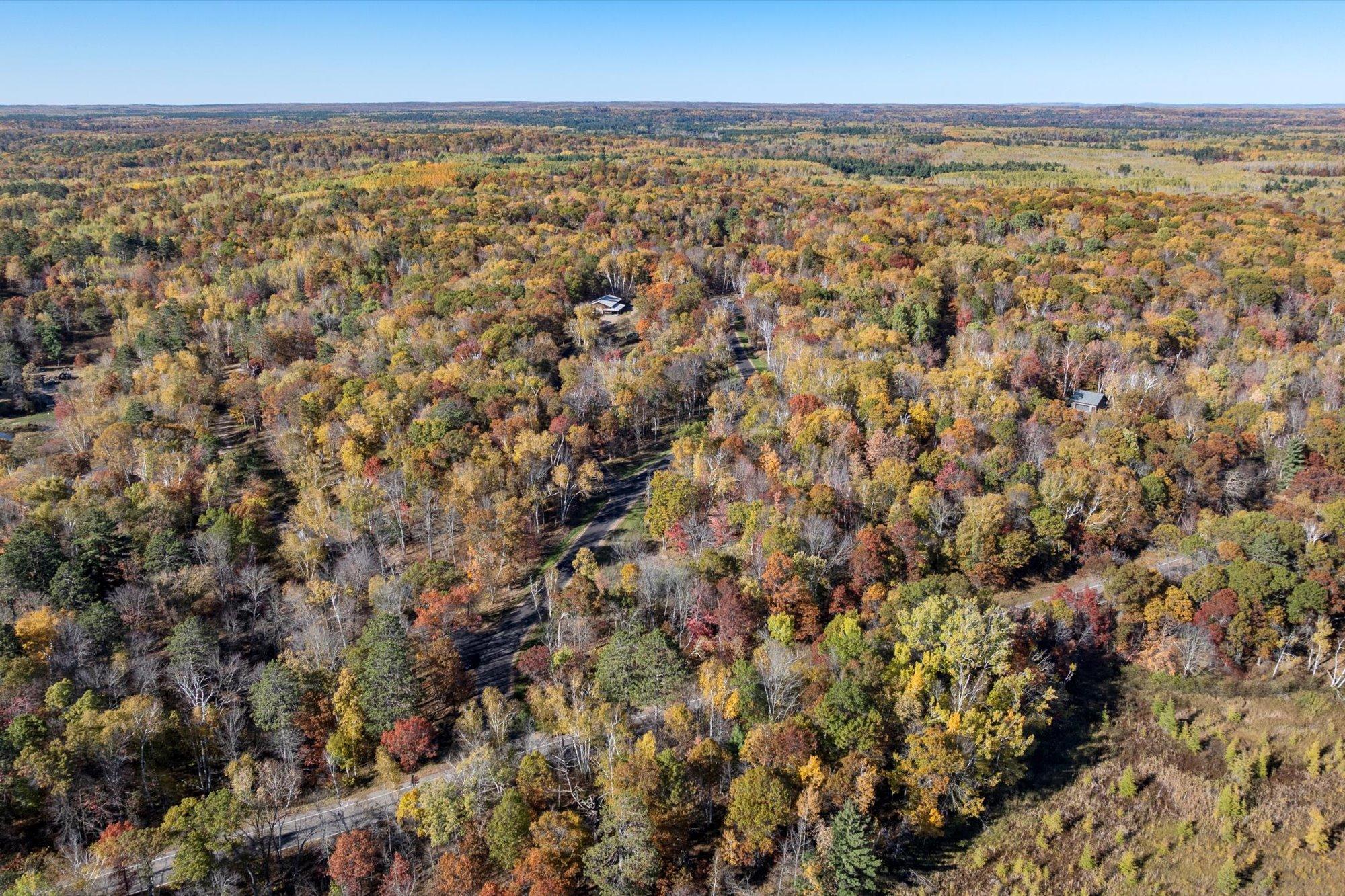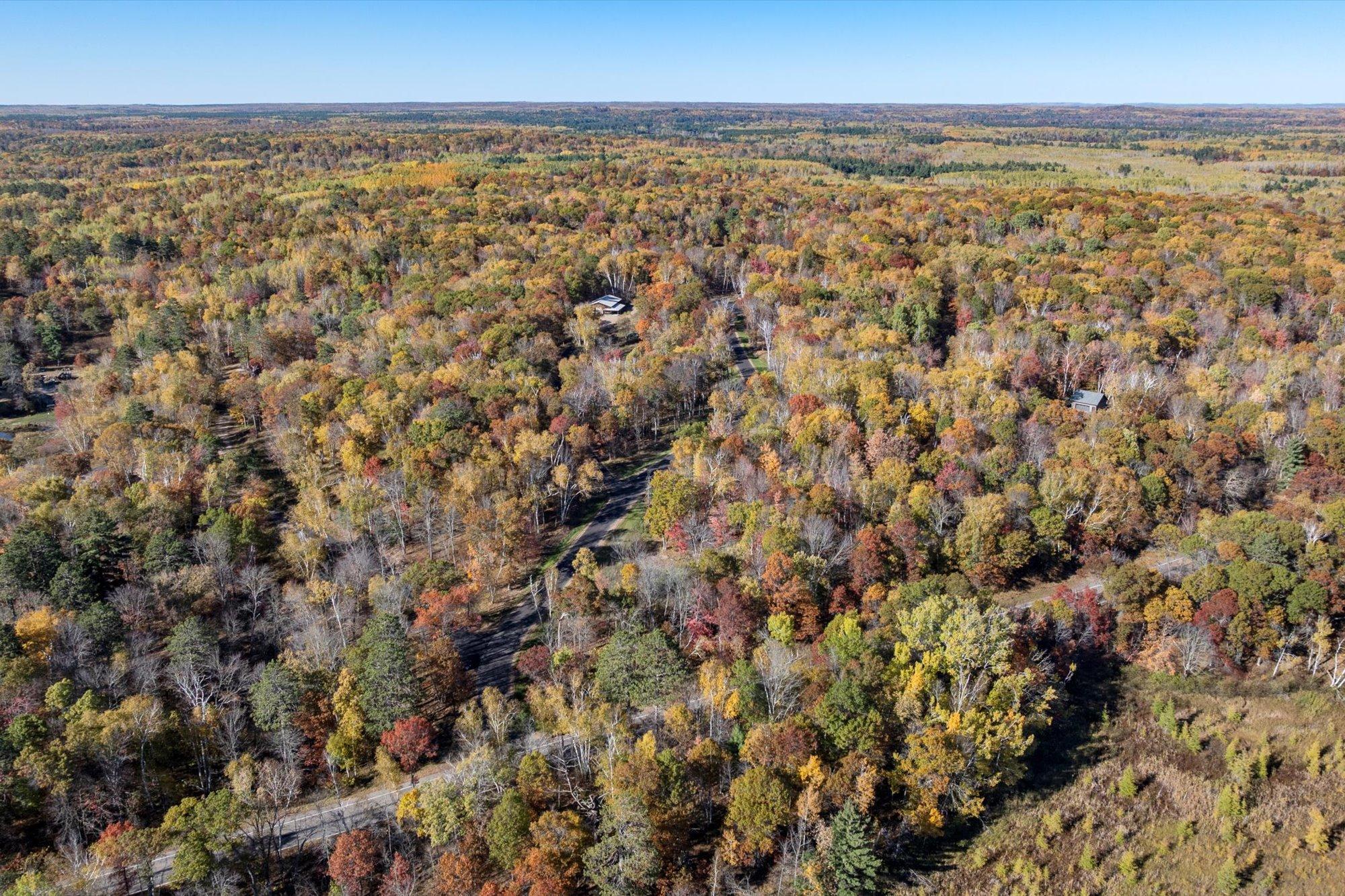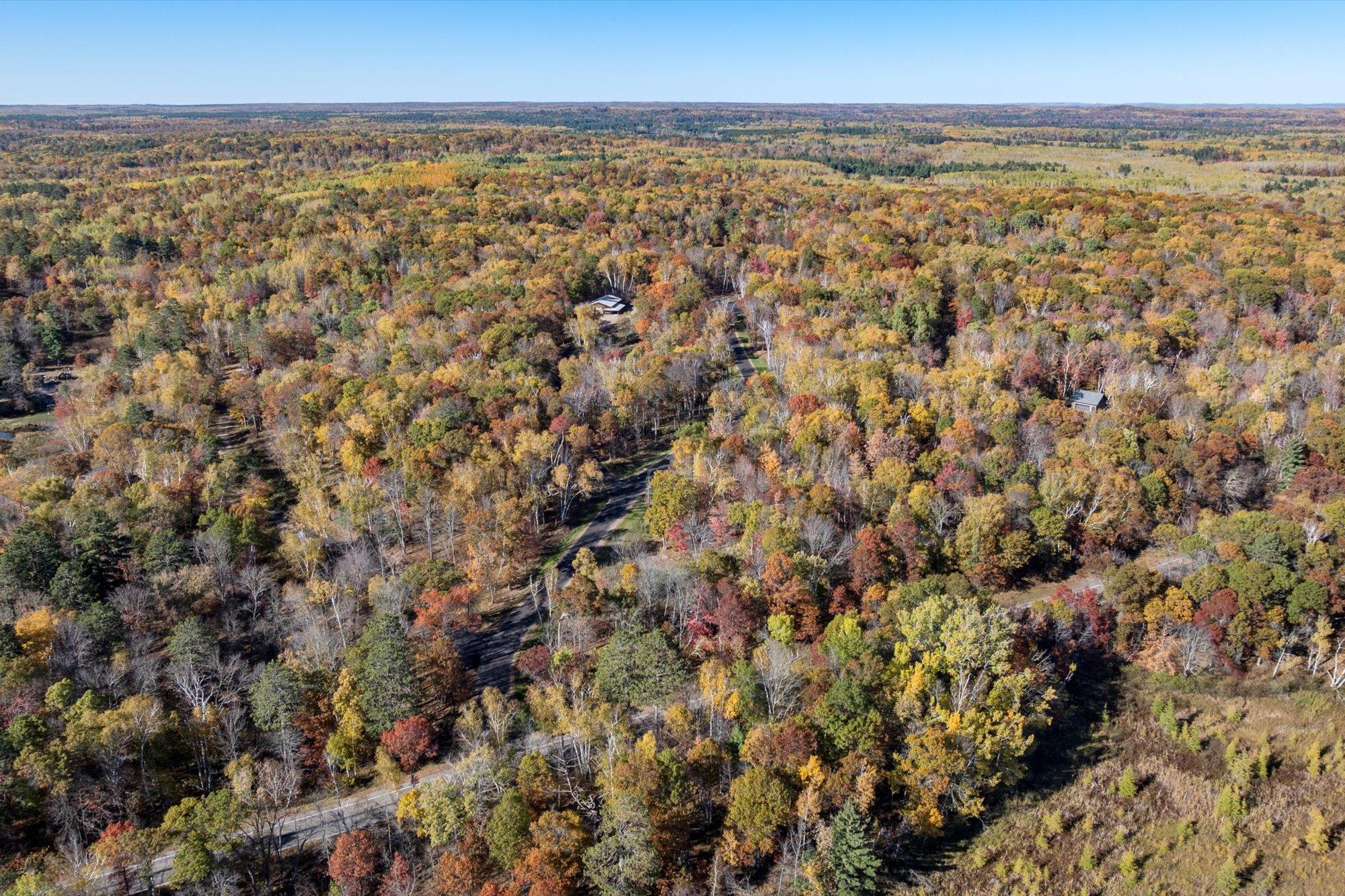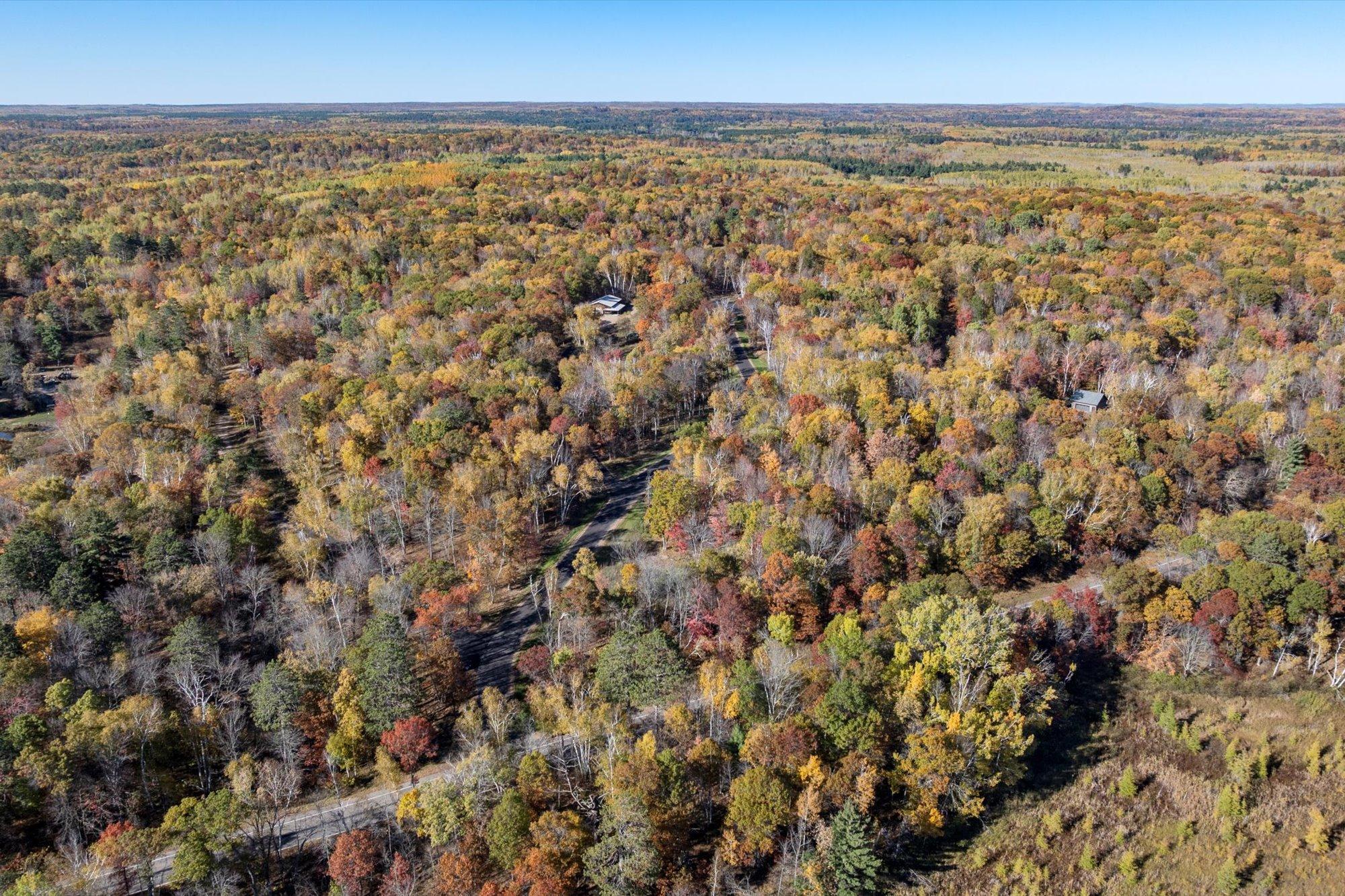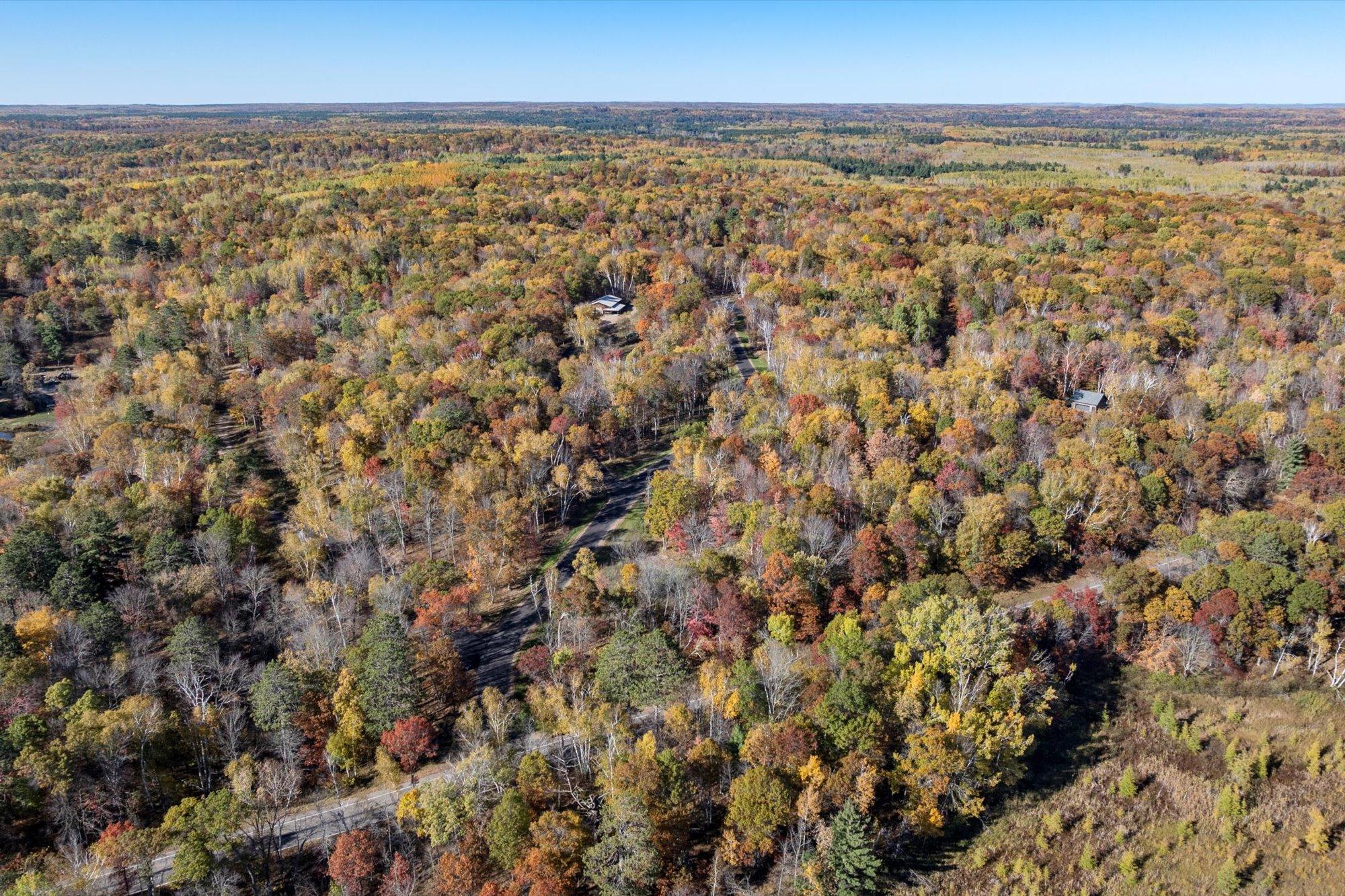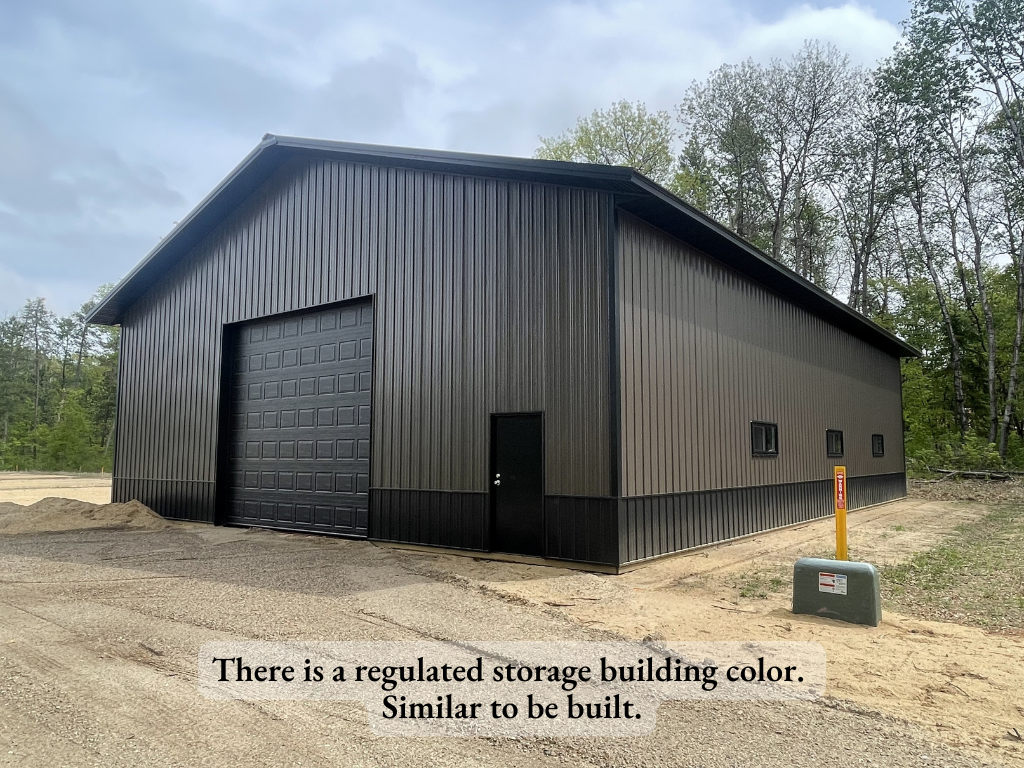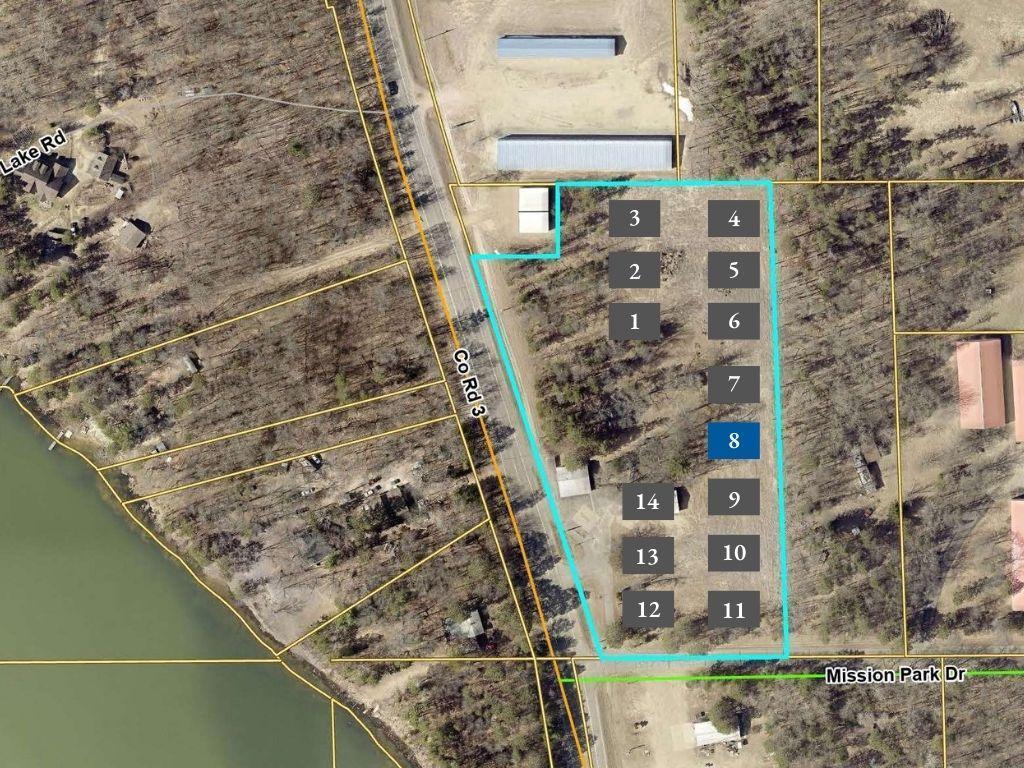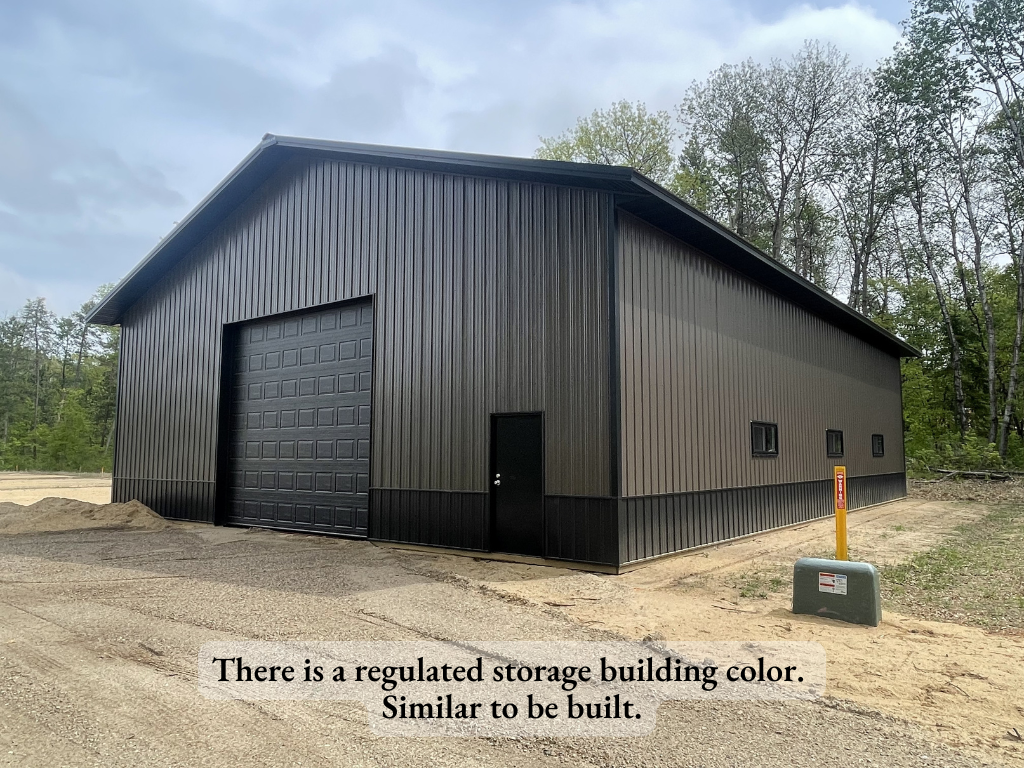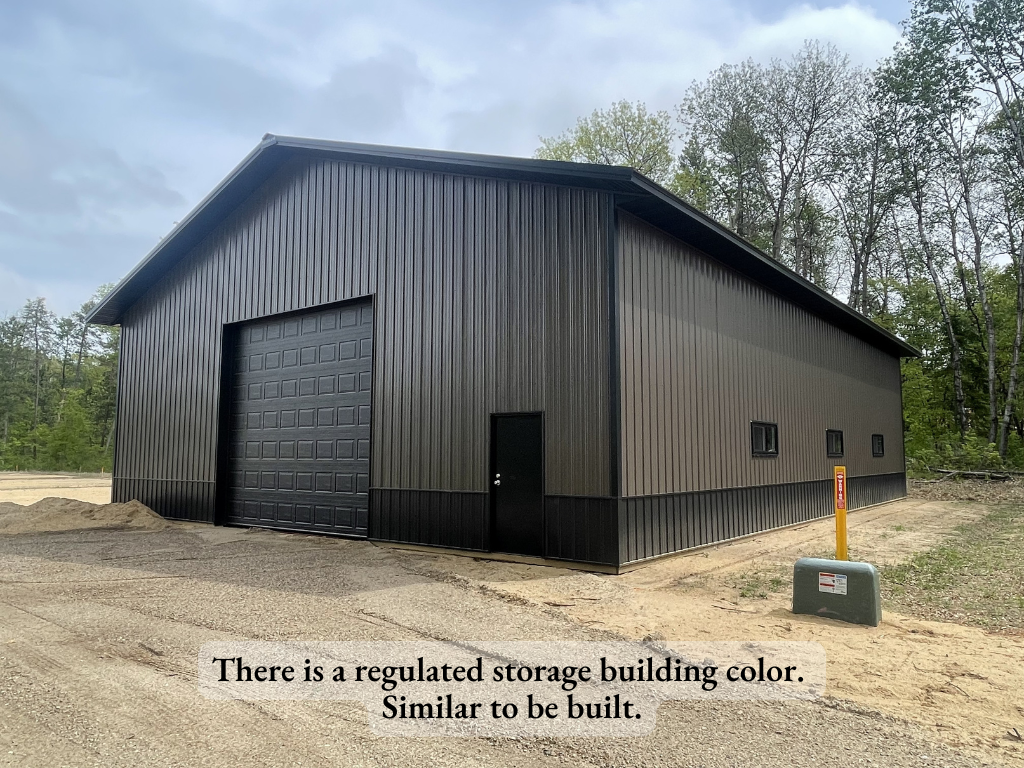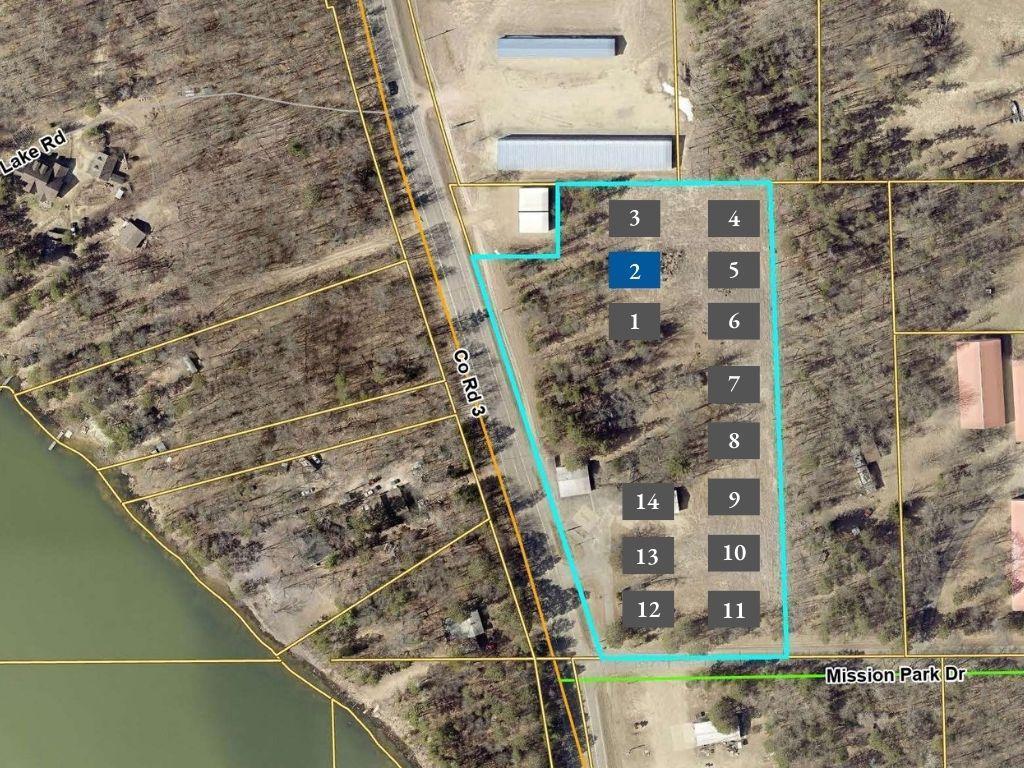In real estate, age is more than just a number—it’s a key factor that influences a property’s market value. Whether you’re buying or selling a home in Crosslake, MN, understanding how the age of a home affects its value can help you make more informed decisions.
Newer homes often carry the appeal of modern design and energy-efficient features, while older homes offer character and craftsmanship that stand the test of time. But how does home age translate to market value? Let’s explore the intricacies of this relationship and what it means for buyers and sellers.
The Appeal of Newer Homes
New construction also reduces the likelihood of immediate maintenance or repair costs. Buyers often find comfort in knowing that appliances, roofing, and HVAC systems are brand new and come with warranties.
From a market value perspective, newer homes can command higher prices because they align with current buyer preferences. However, this premium pricing can vary depending on the area and demand.
The Value of Older Homes
That said, the condition of an older home plays a significant role in determining its market value. Homes that have been well-maintained or thoughtfully renovated often retain—or even increase—their worth over time.
Older homes with extensive deferred maintenance may sell for less, but those with updated systems and modern upgrades can remain competitive in the market.
Key Factors That Impact Value
-
Condition: Homes in excellent condition—regardless of age—tend to attract higher offers.
-
Upgrades: Renovations, like updated kitchens or bathrooms, can significantly boost market value.
-
Energy Efficiency: Homes with energy-efficient windows, insulation, and appliances often appeal to today’s buyers.
-
Location: The desirability of the neighborhood or area can offset concerns about a home’s age.
Benefits of Newer Homes for Sellers
Buyers looking for move-in-ready options are likely to pay a premium for homes with these advantages. Sellers can capitalize on this demand by presenting their home as a hassle-free investment.
Tips for Selling an Older Home
To maximize value, consider making updates that enhance the home’s functionality and appeal. This might involve minor improvements like fresh paint and new flooring or larger projects like modernizing the kitchen or bathroom.
Sellers who invest in strategic updates often see a strong return on their investment when it’s time to list their home.
Buyers: How to Evaluate Home Age
-
Are you looking for a turnkey property or something you can personalize over time?
-
Do you have the budget to address potential repairs in an older home?
-
Are modern features or unique design elements more important to you?
Renovations and Market Value
However, renovations should be approached with care. Over-investing in upgrades that don’t align with the area’s average home prices could result in a lower return on investment. Focus on updates that are practical, visually appealing, and in demand.
What Buyers and Sellers Should Know
With the right strategy, both newer and older homes can hold significant value in the market. Understanding what sets your property apart—or what to look for as a buyer—ensures you’re making informed decisions that align with your goals.
Partner With The Larson Group
If you’re selling, the Larson Group will help you position your property to maximize its market value, regardless of its age. If you’re buying, they’ll work with you to find a home that meets your lifestyle and budget, ensuring you feel confident in your decision.
Reach out to the Larson Group today to explore your options in Crosslake real estate. With their dedication and professionalism, you can navigate the market with ease and achieve your real estate goals.
*Header image Courtesy of the Larson Group
